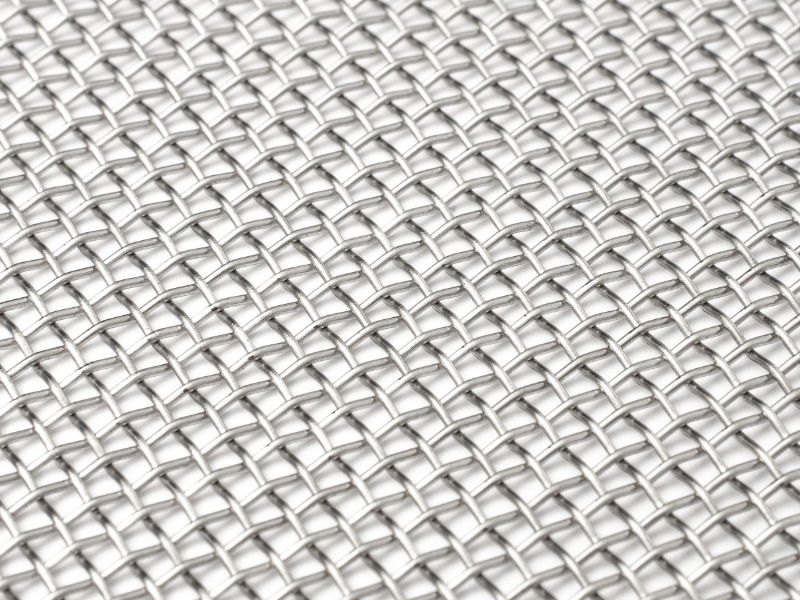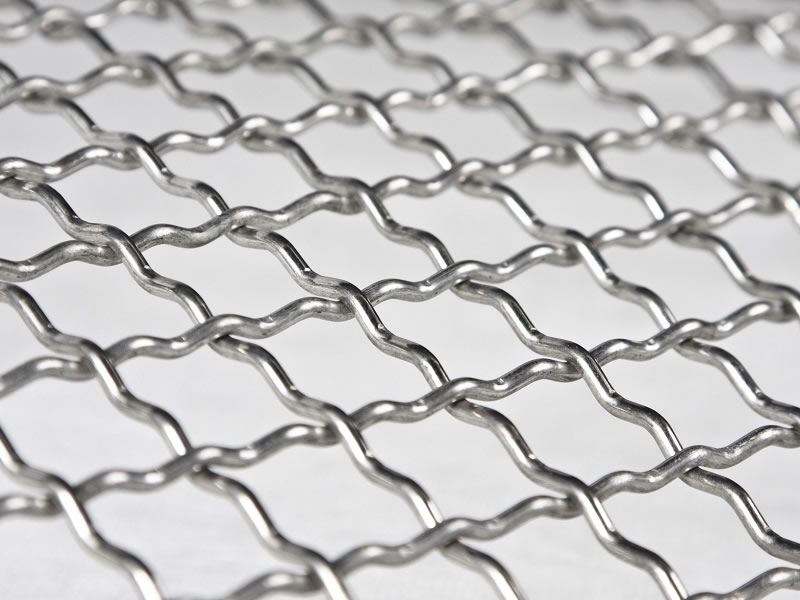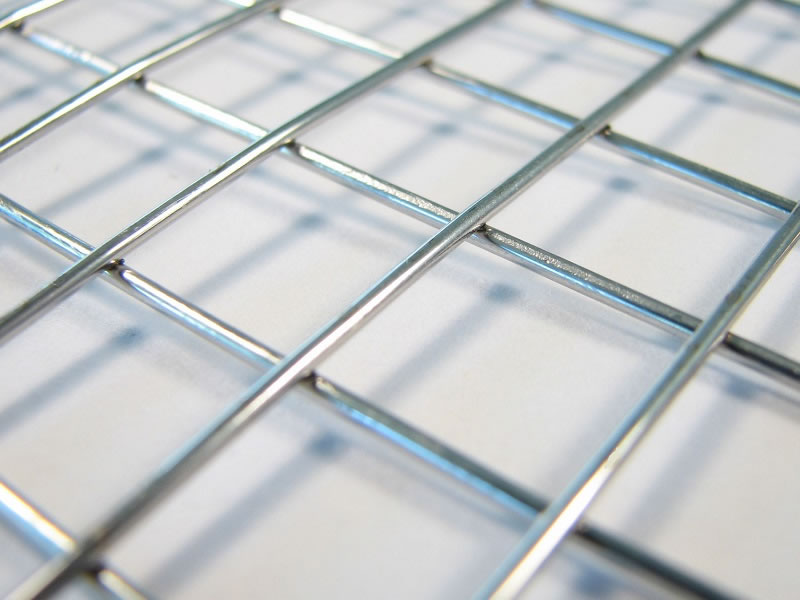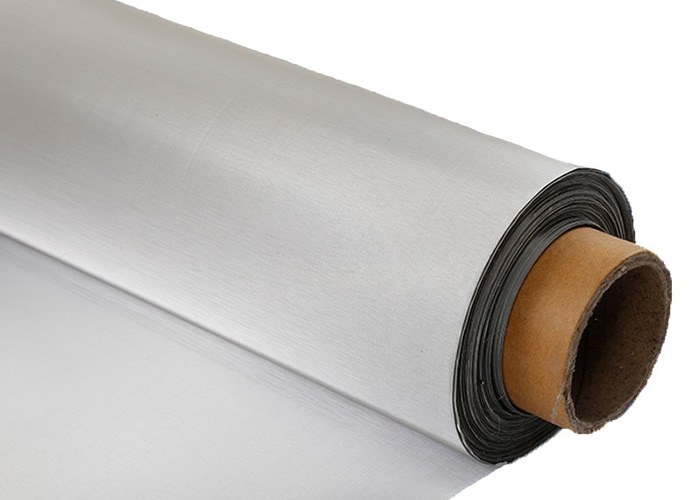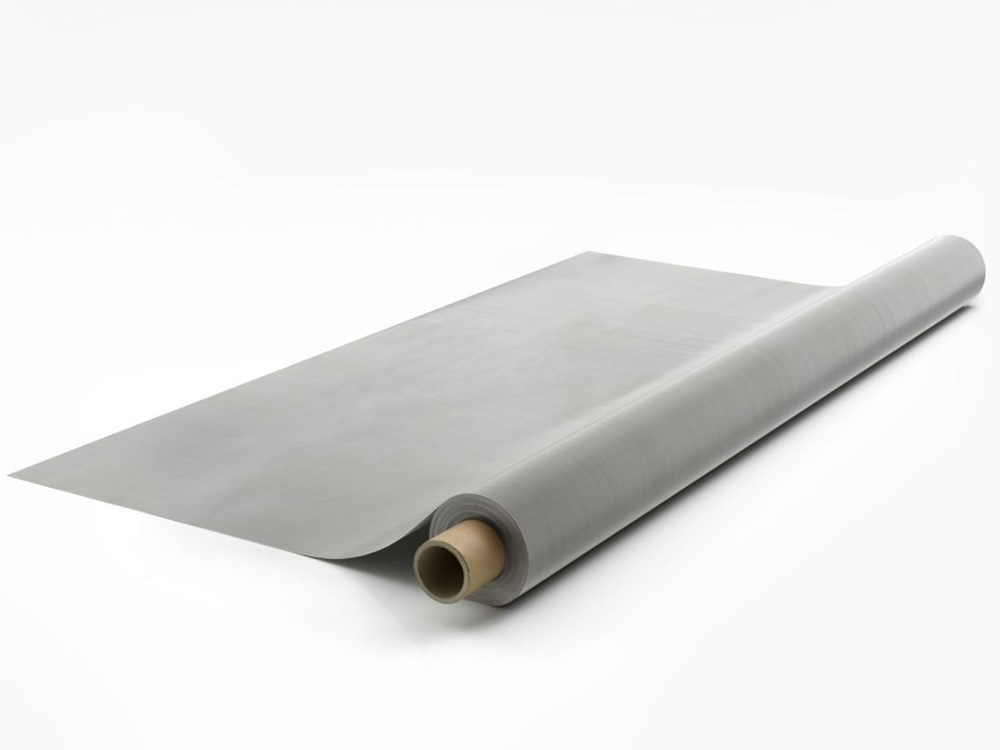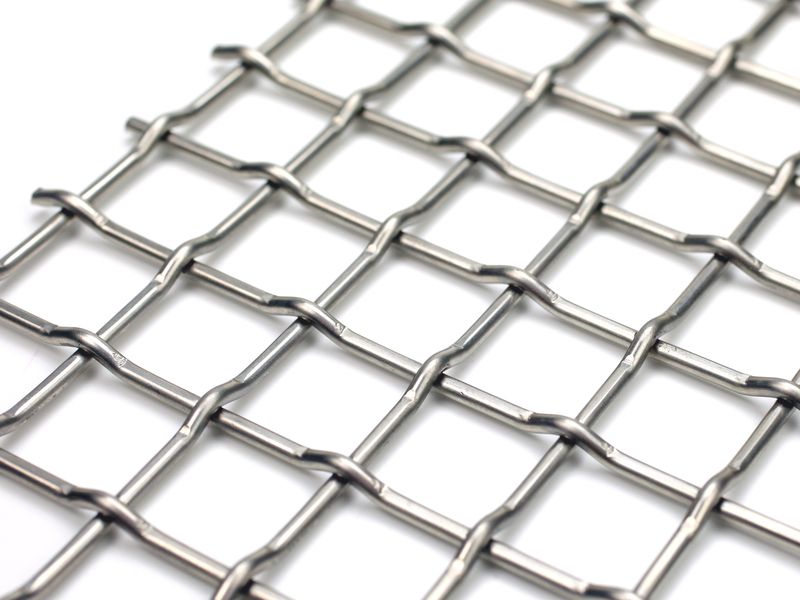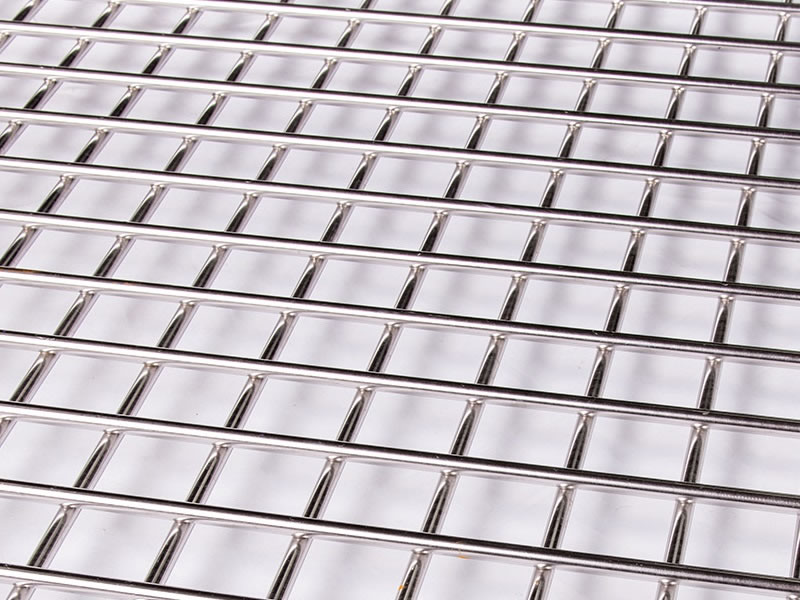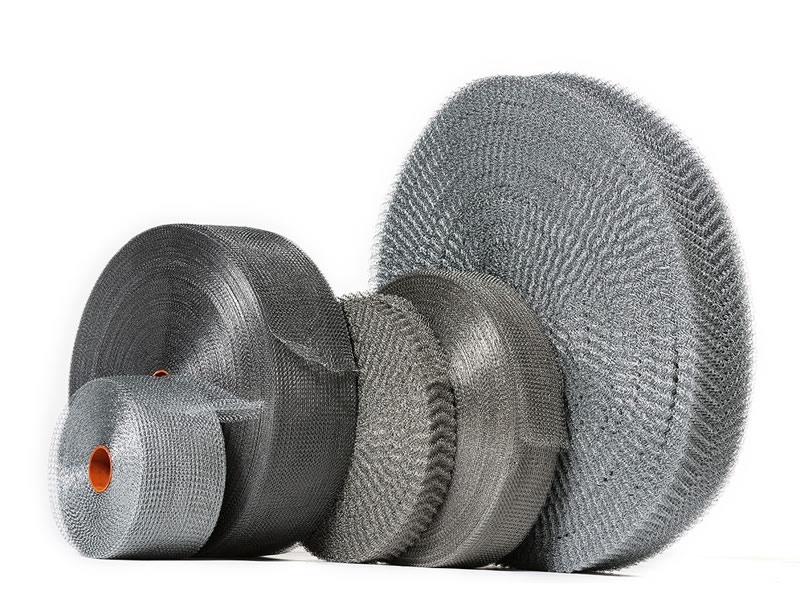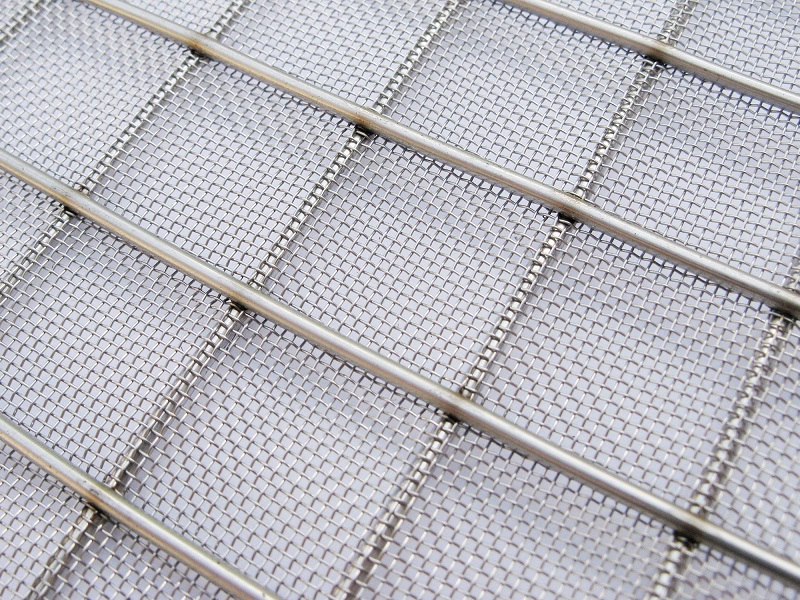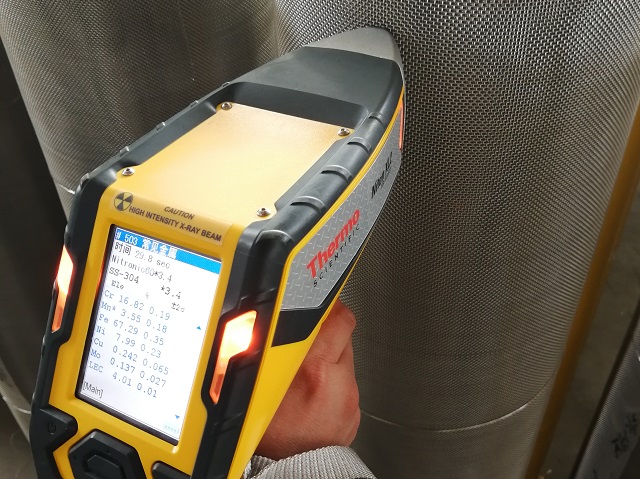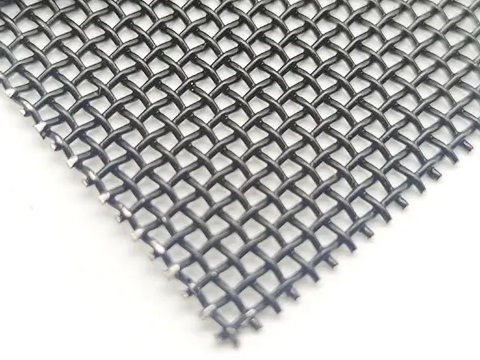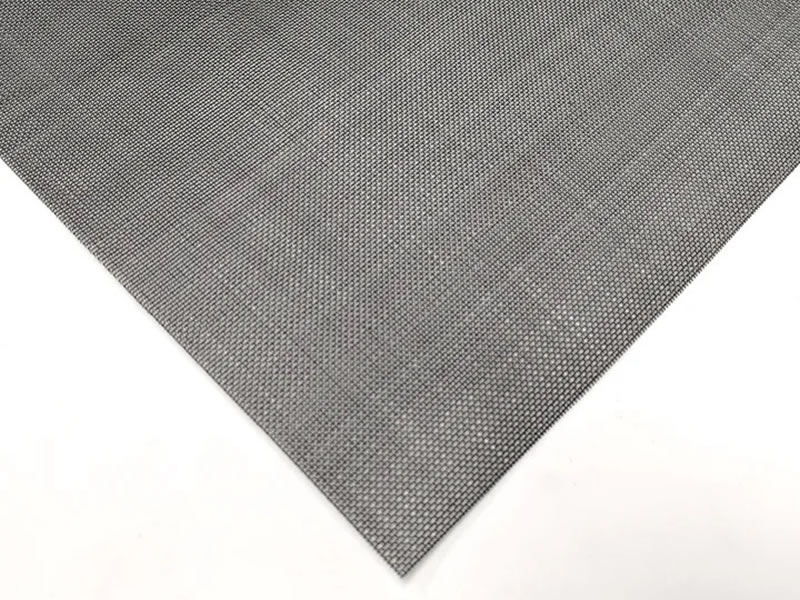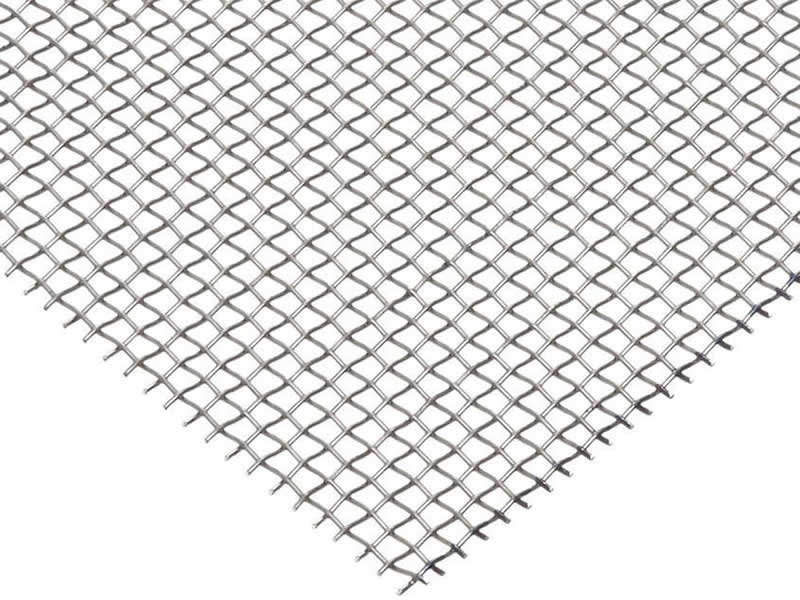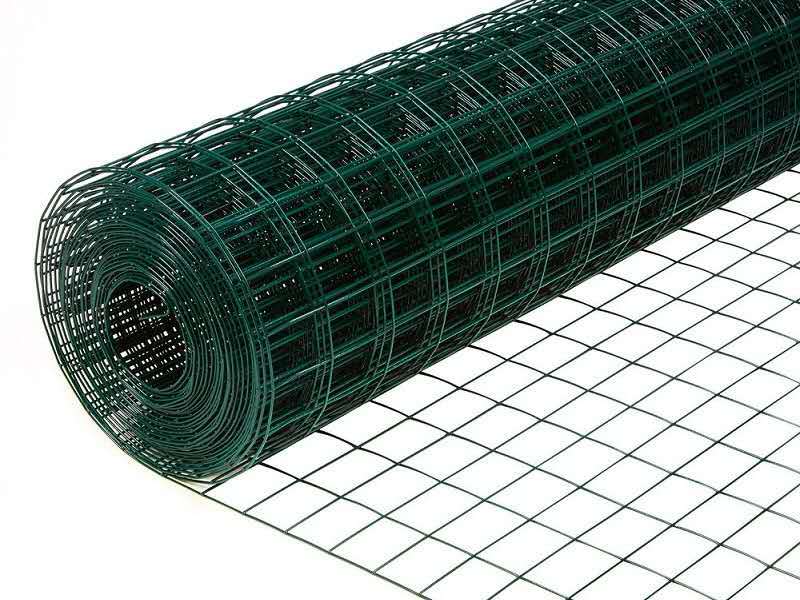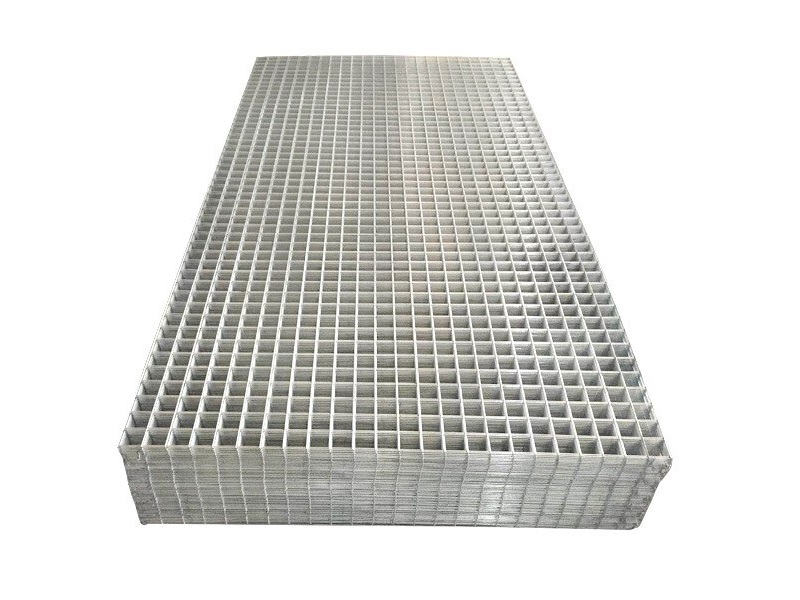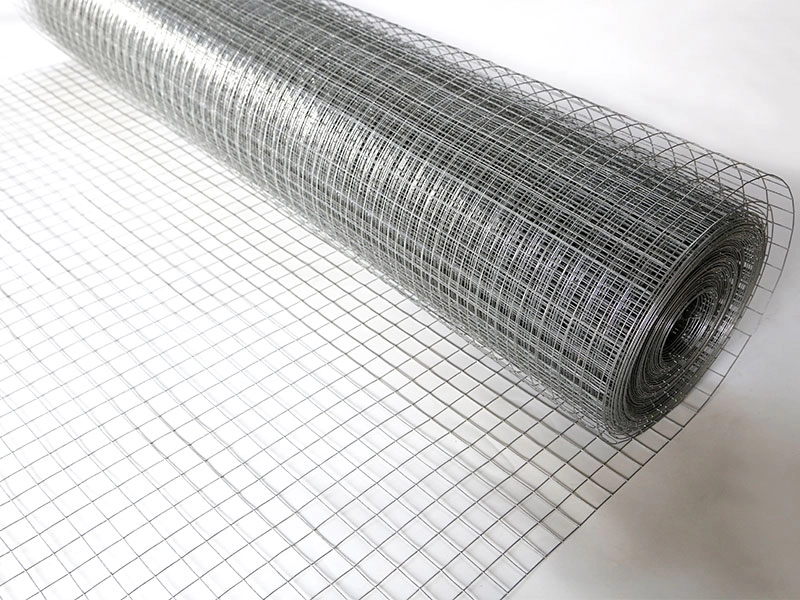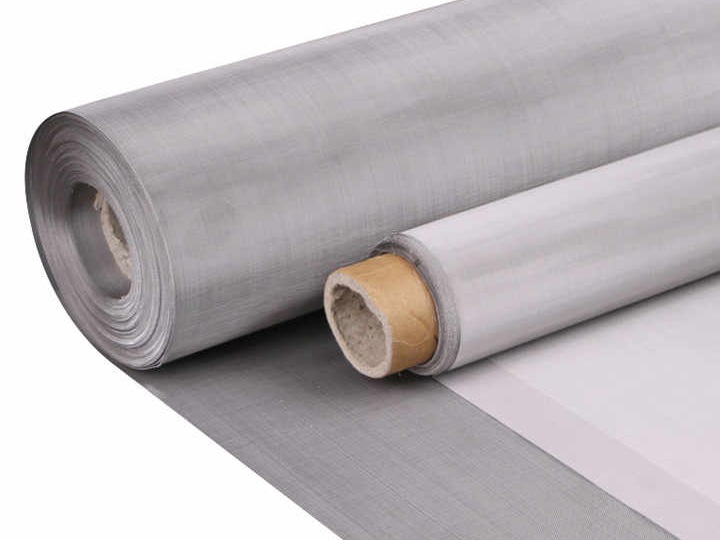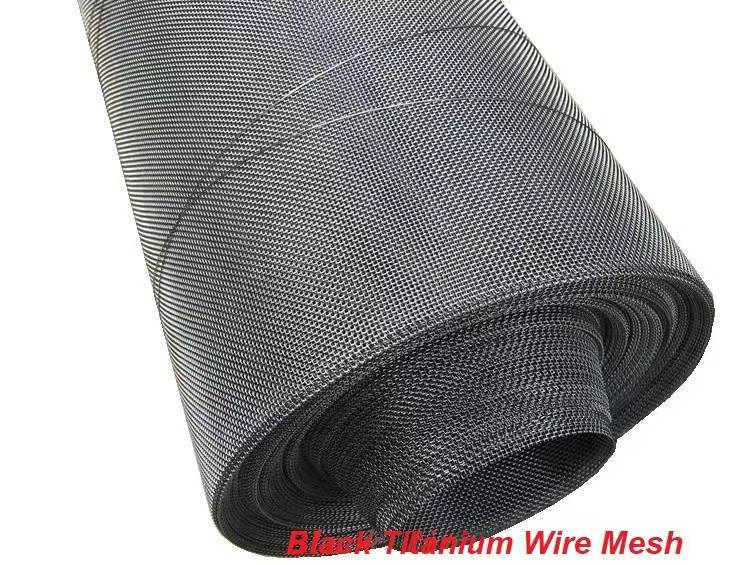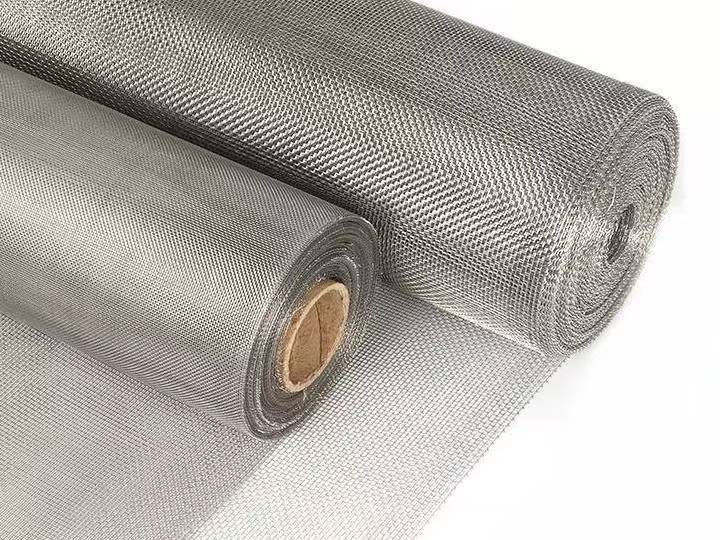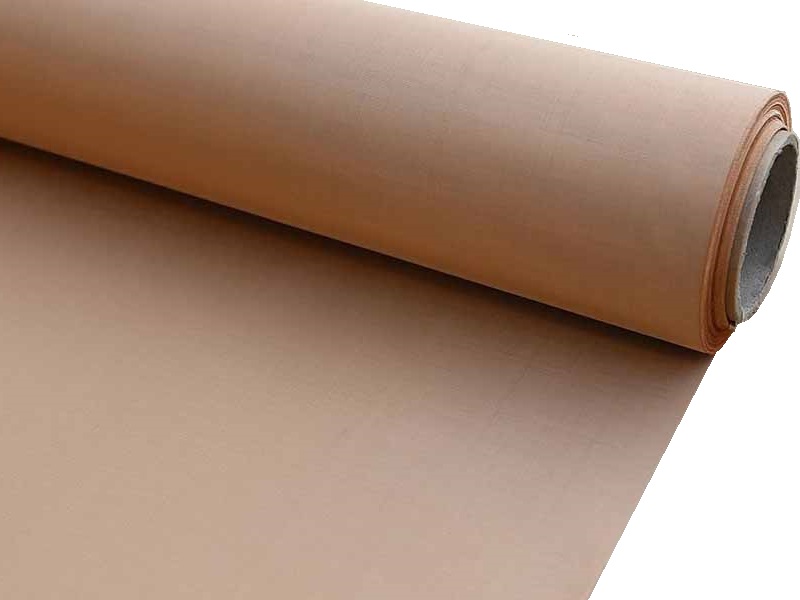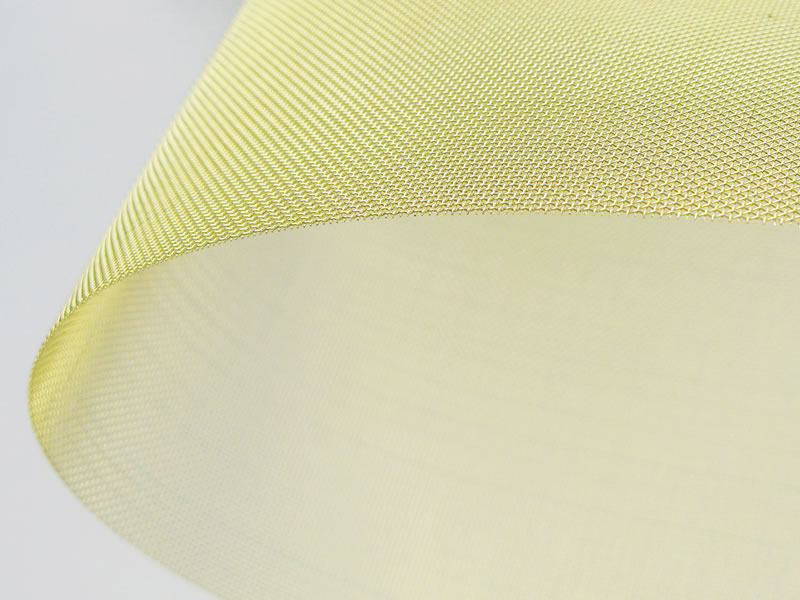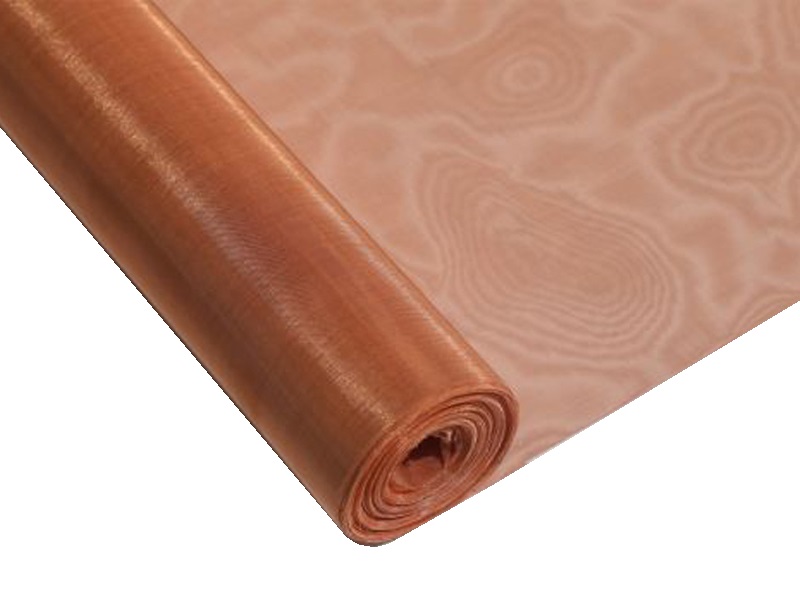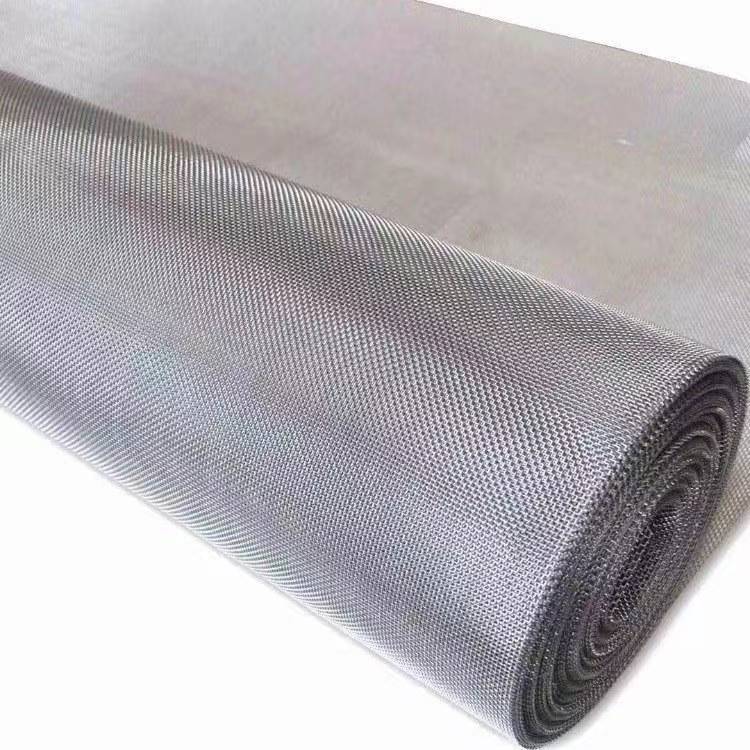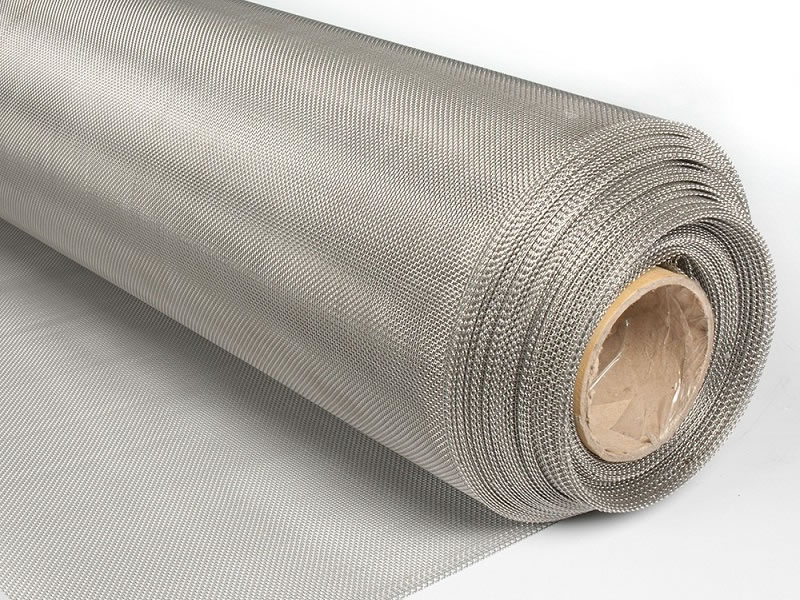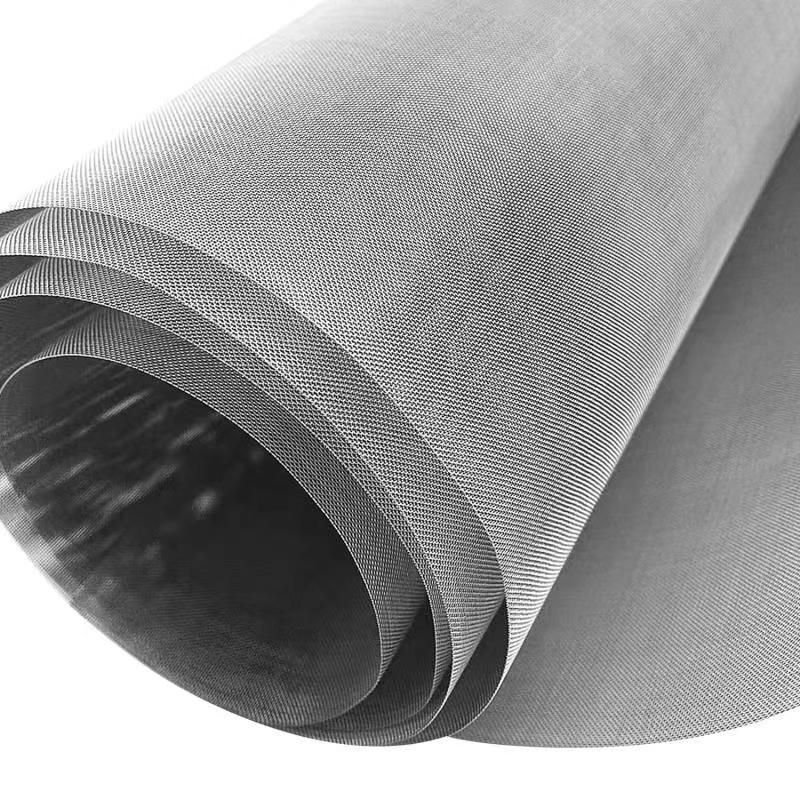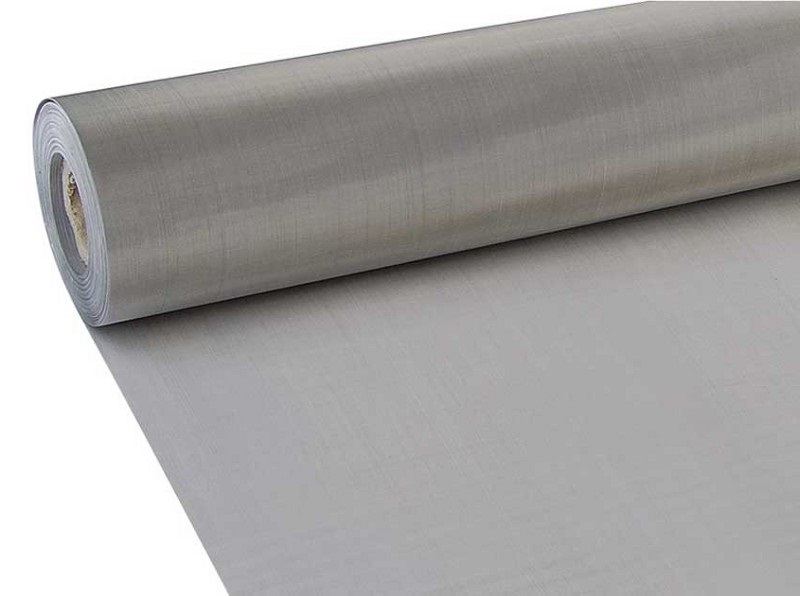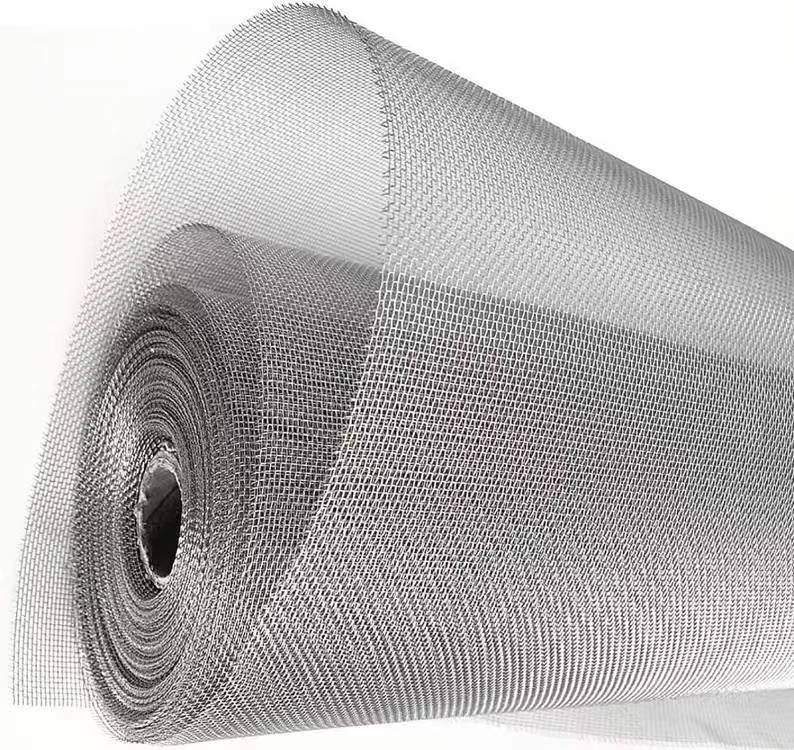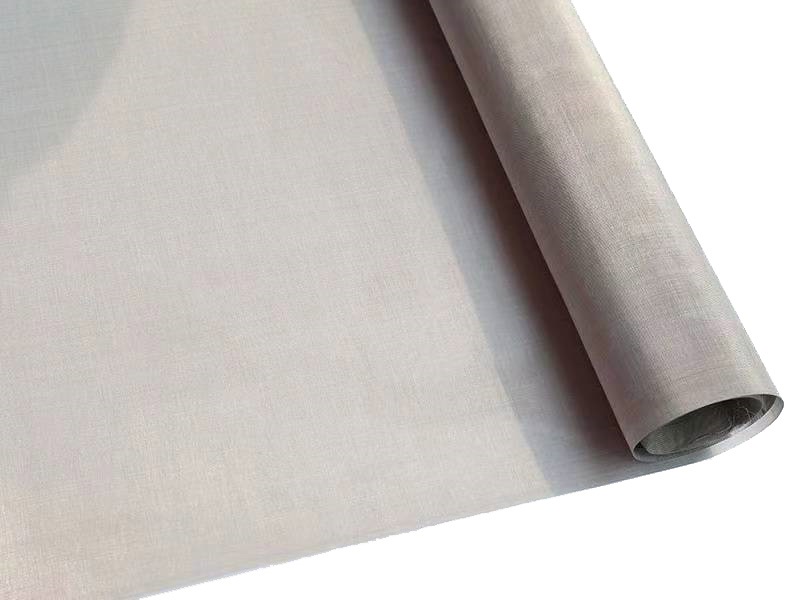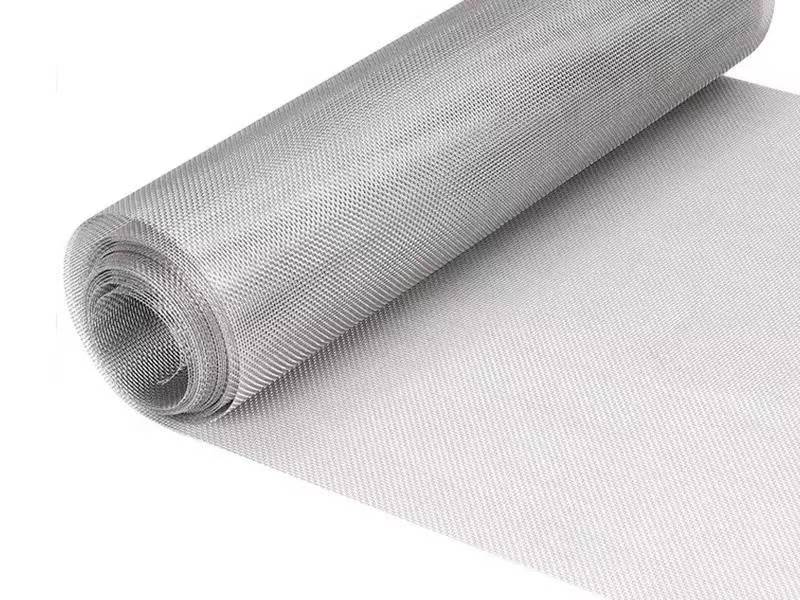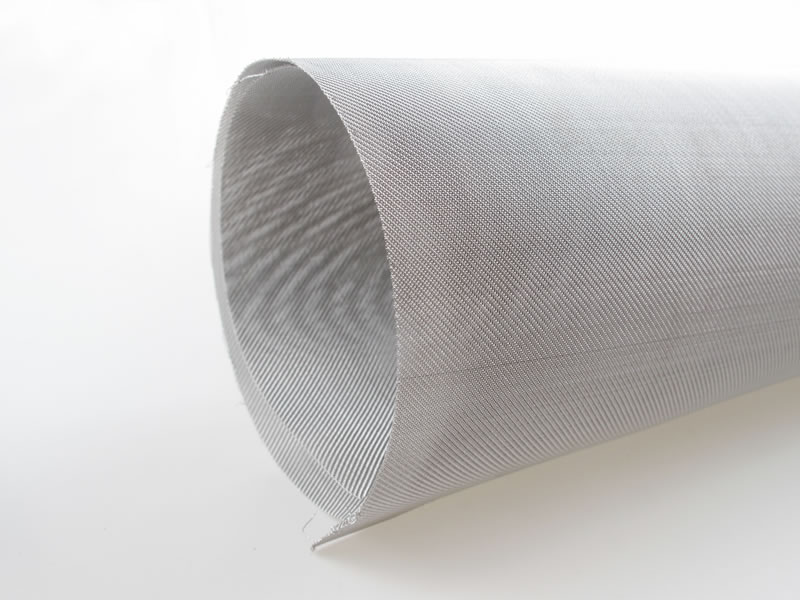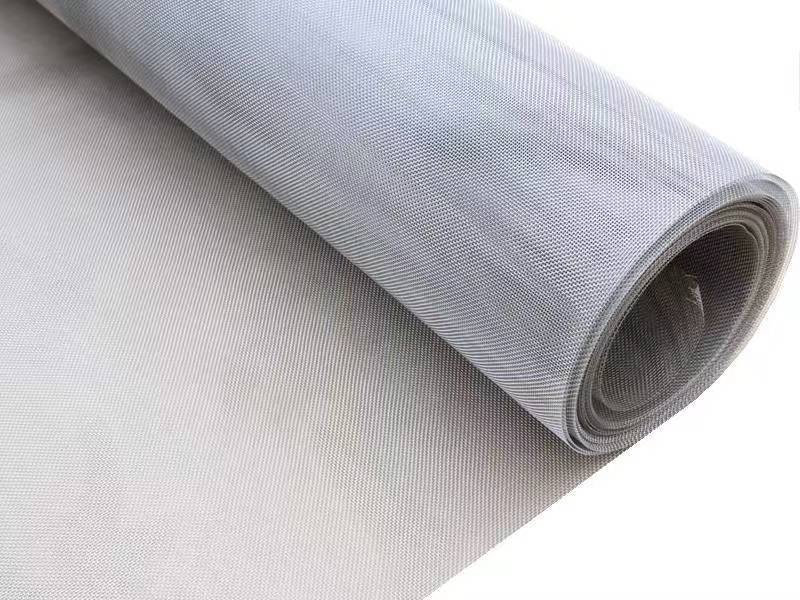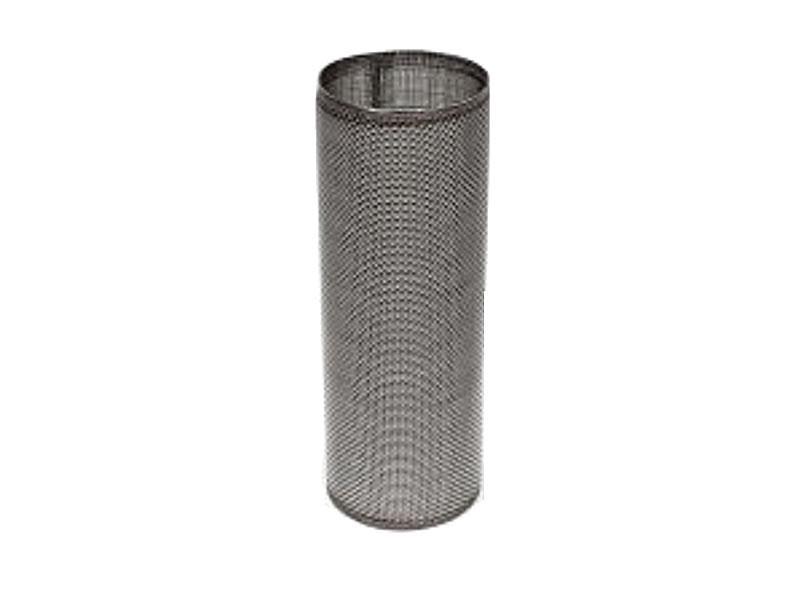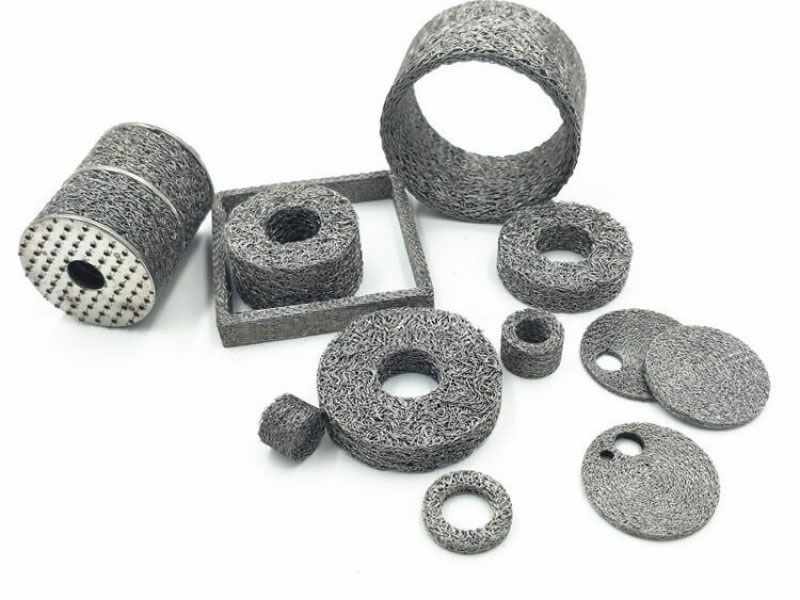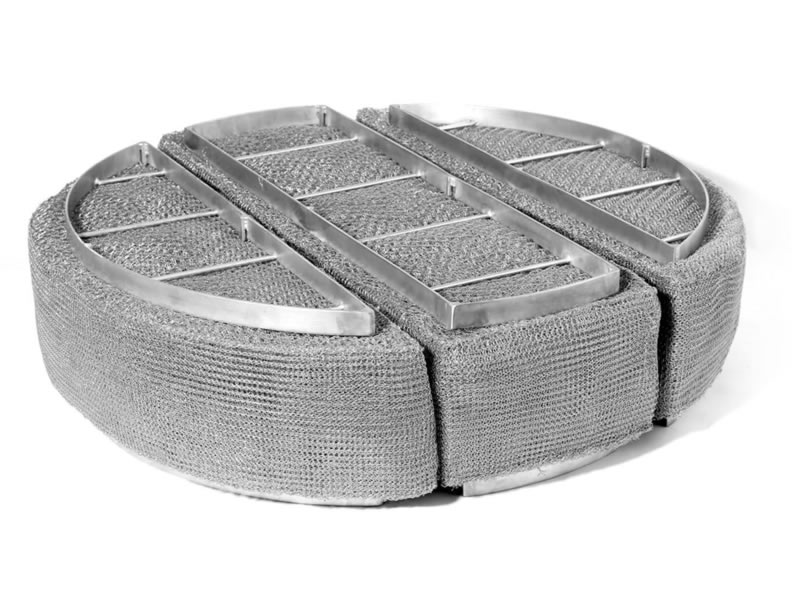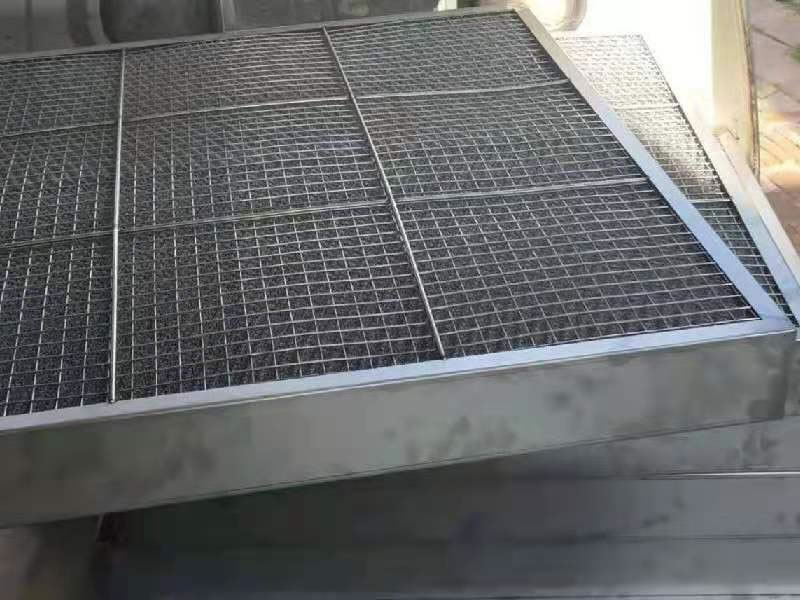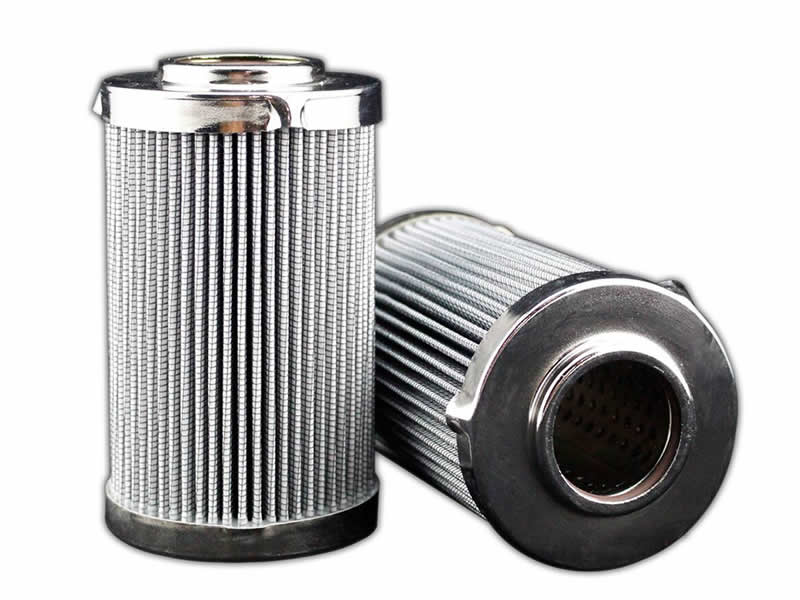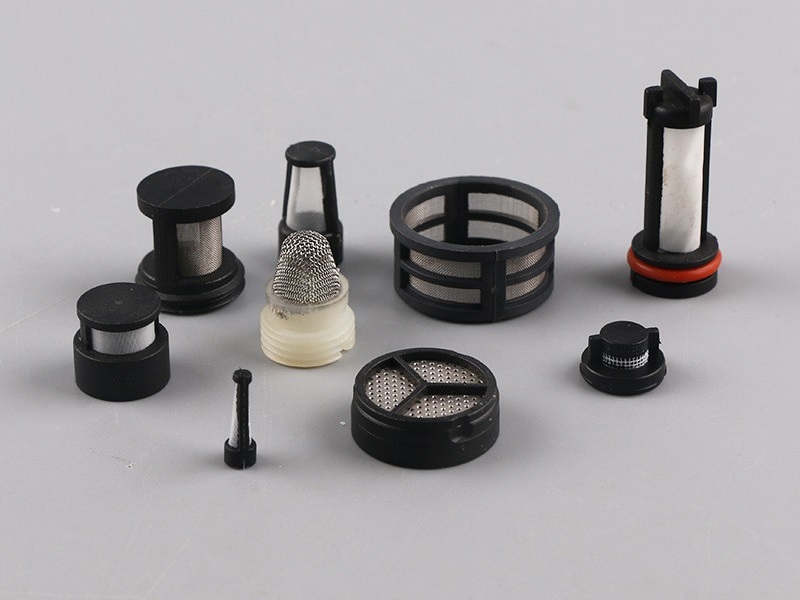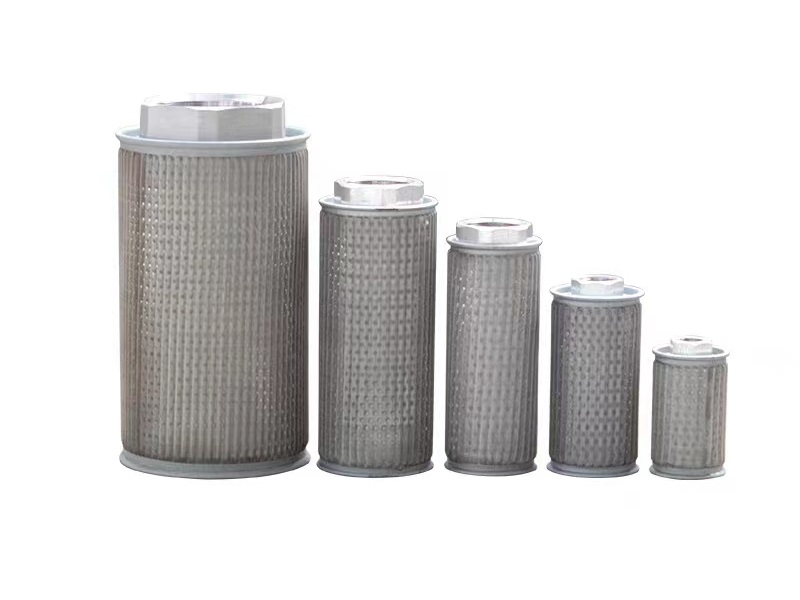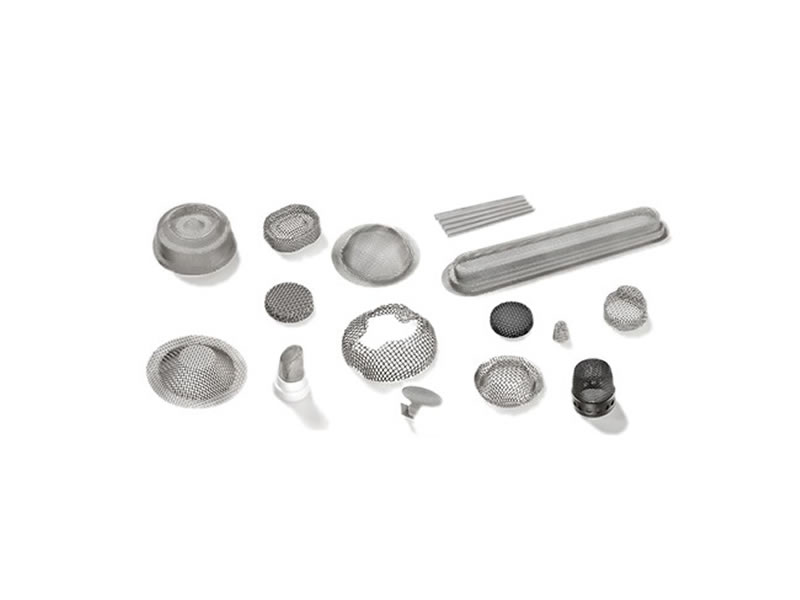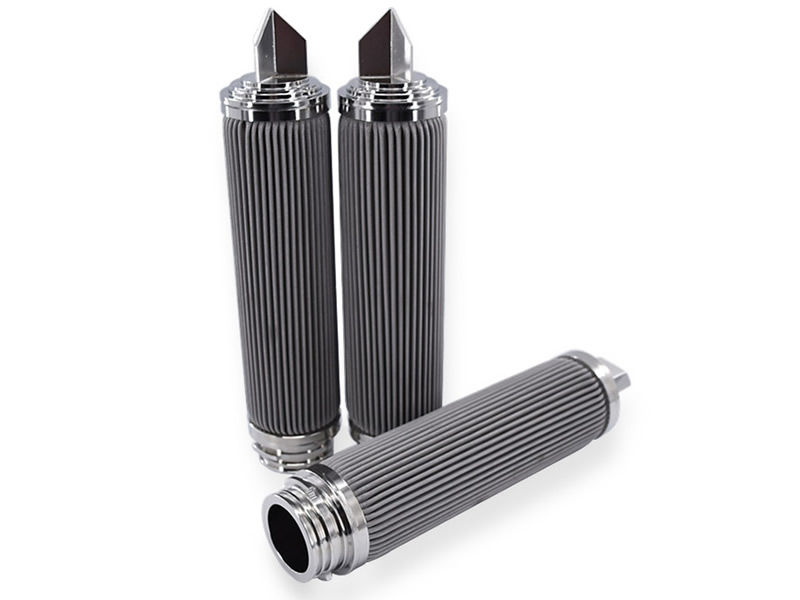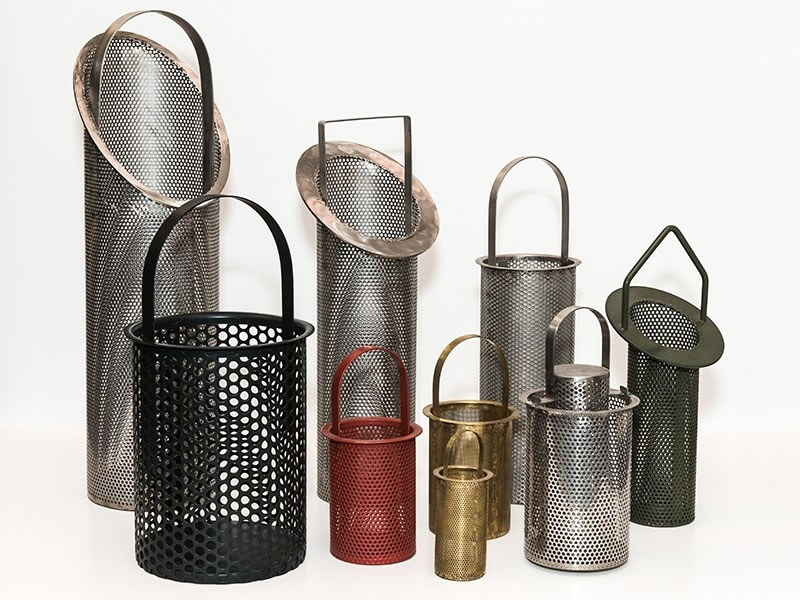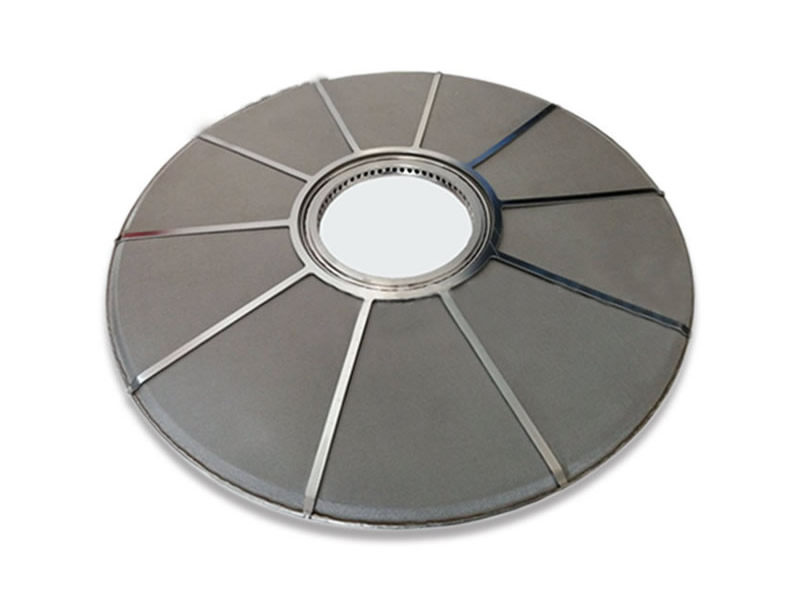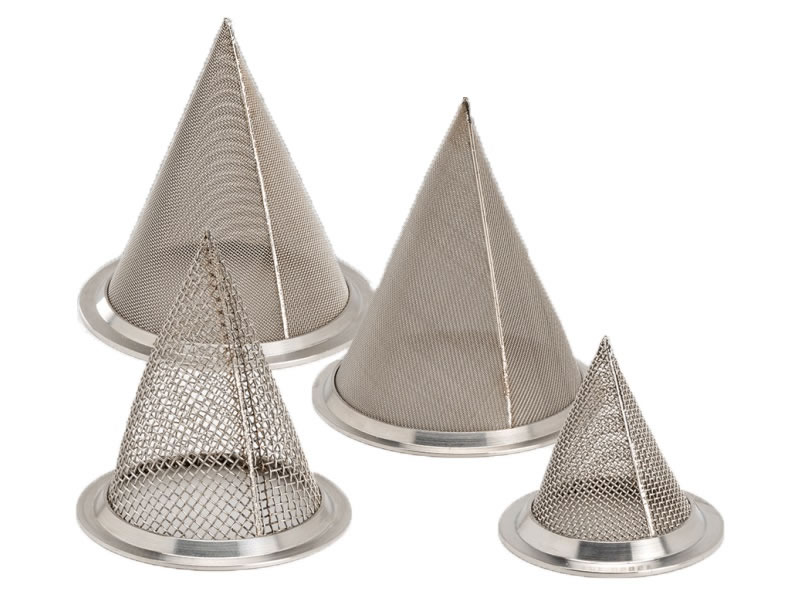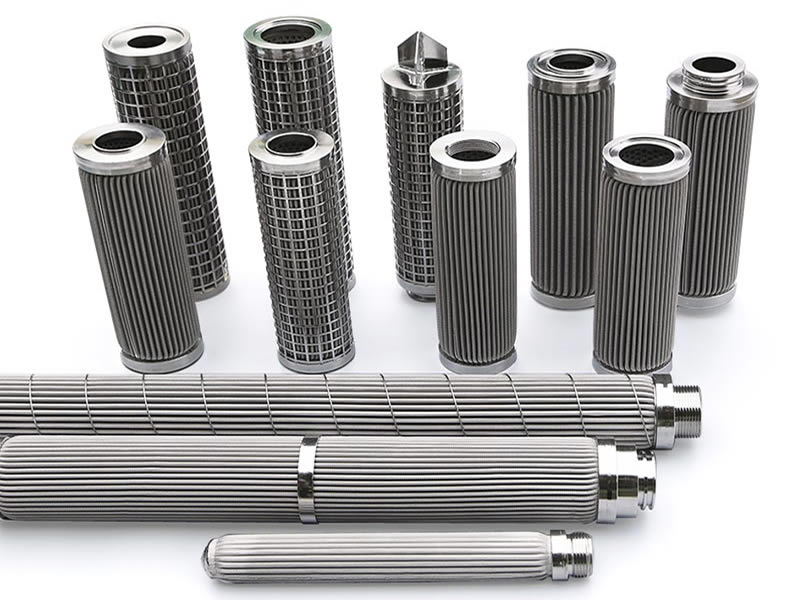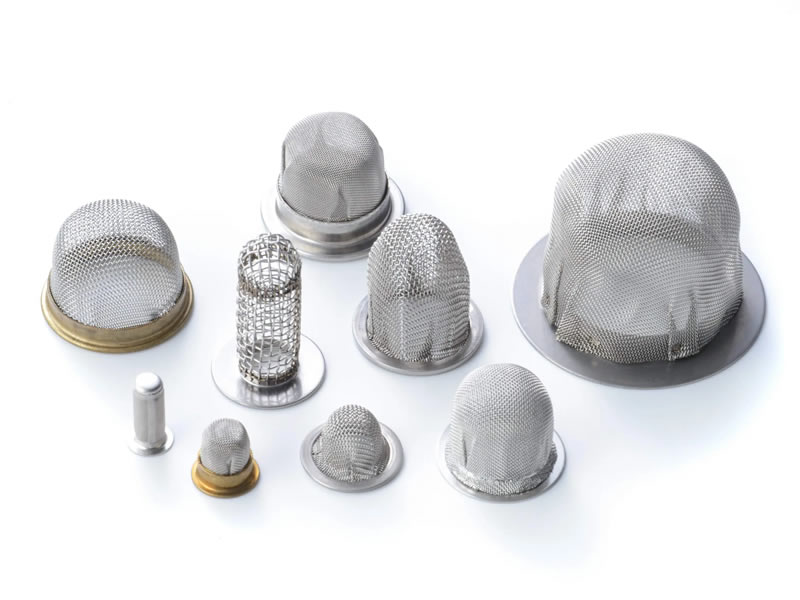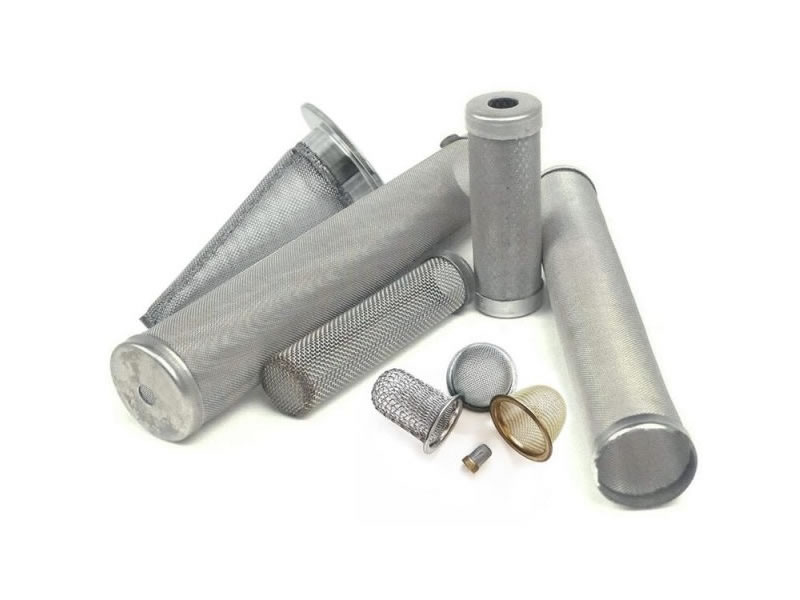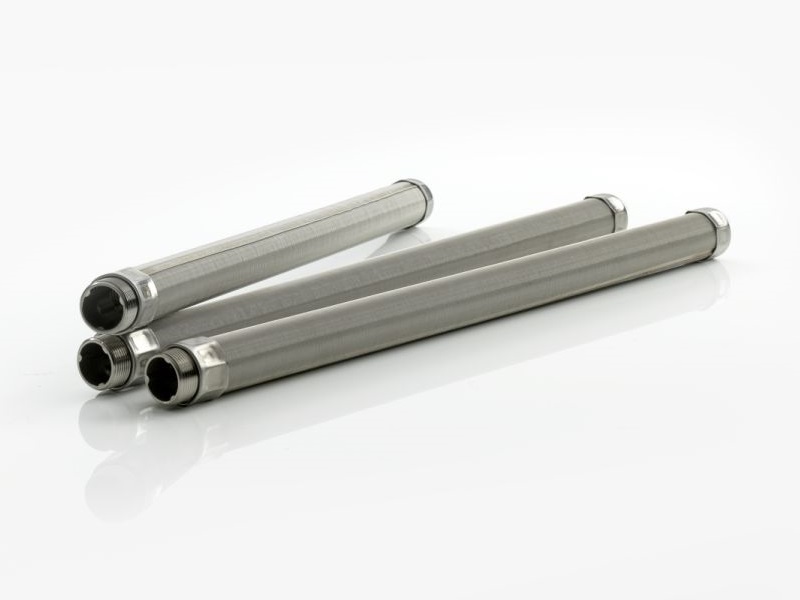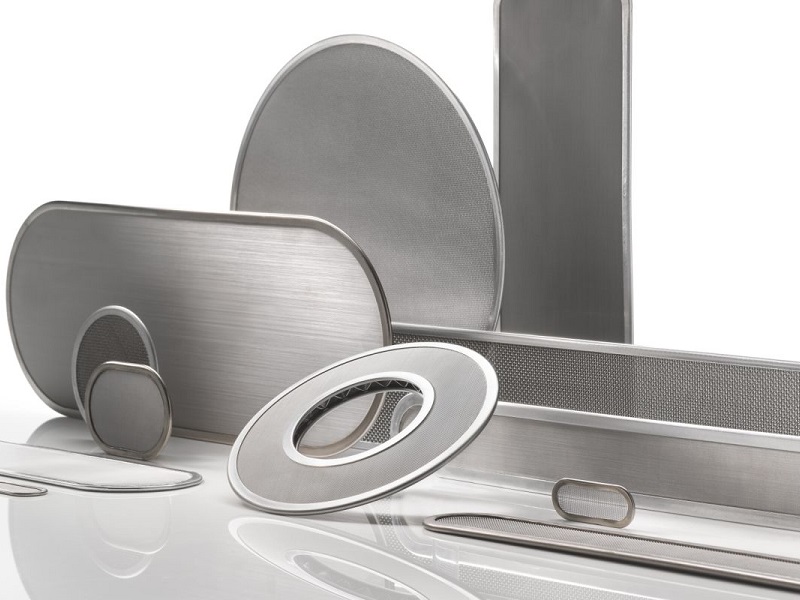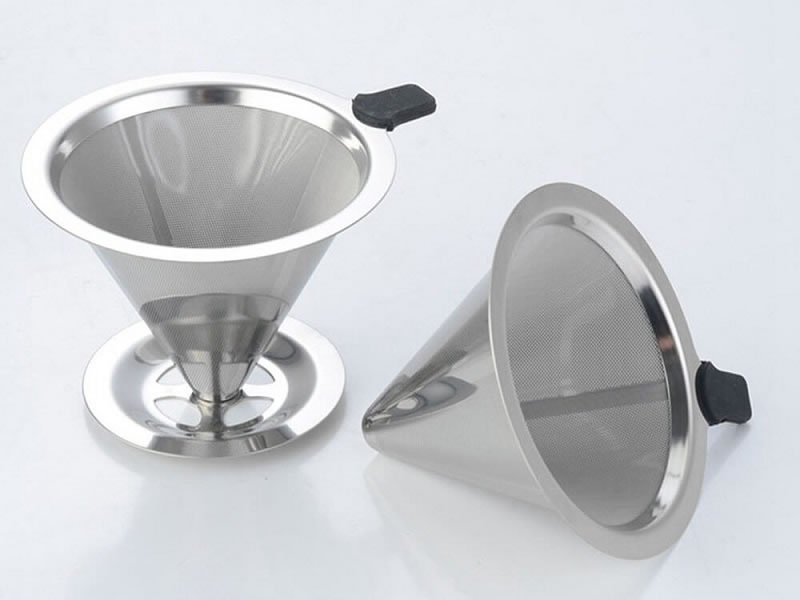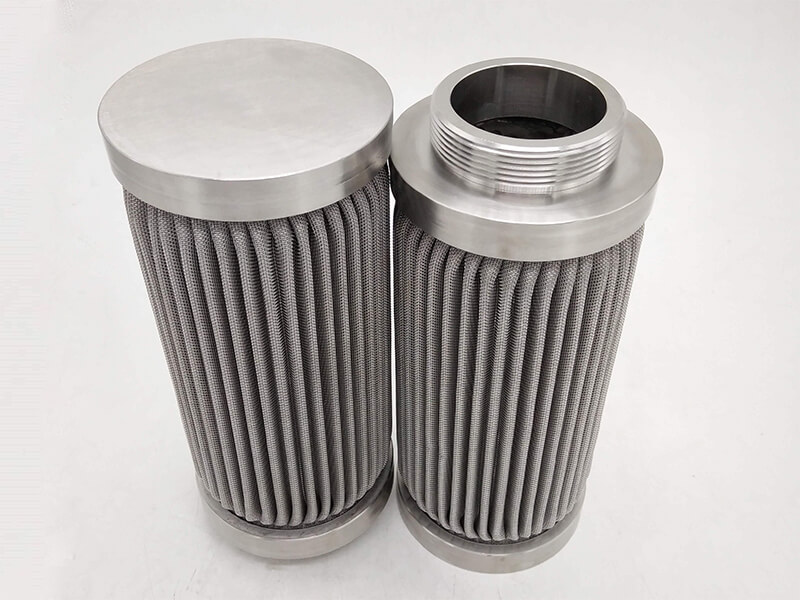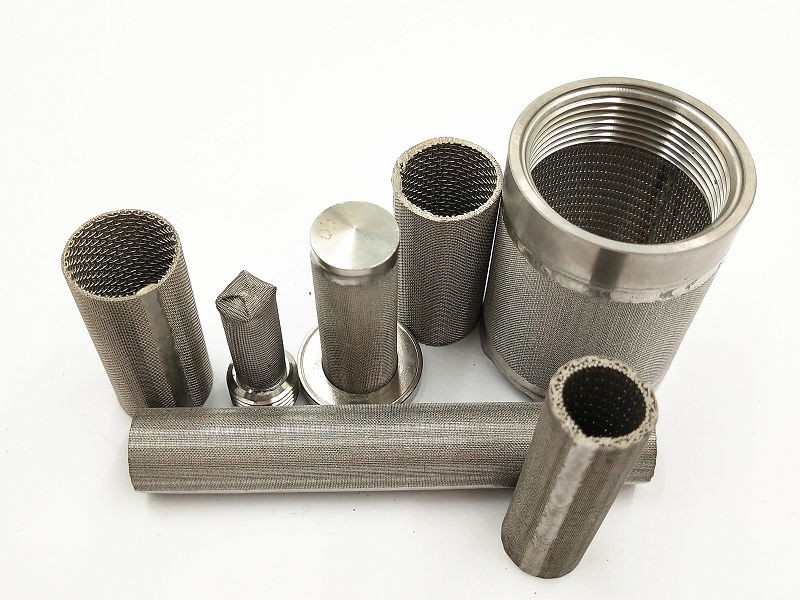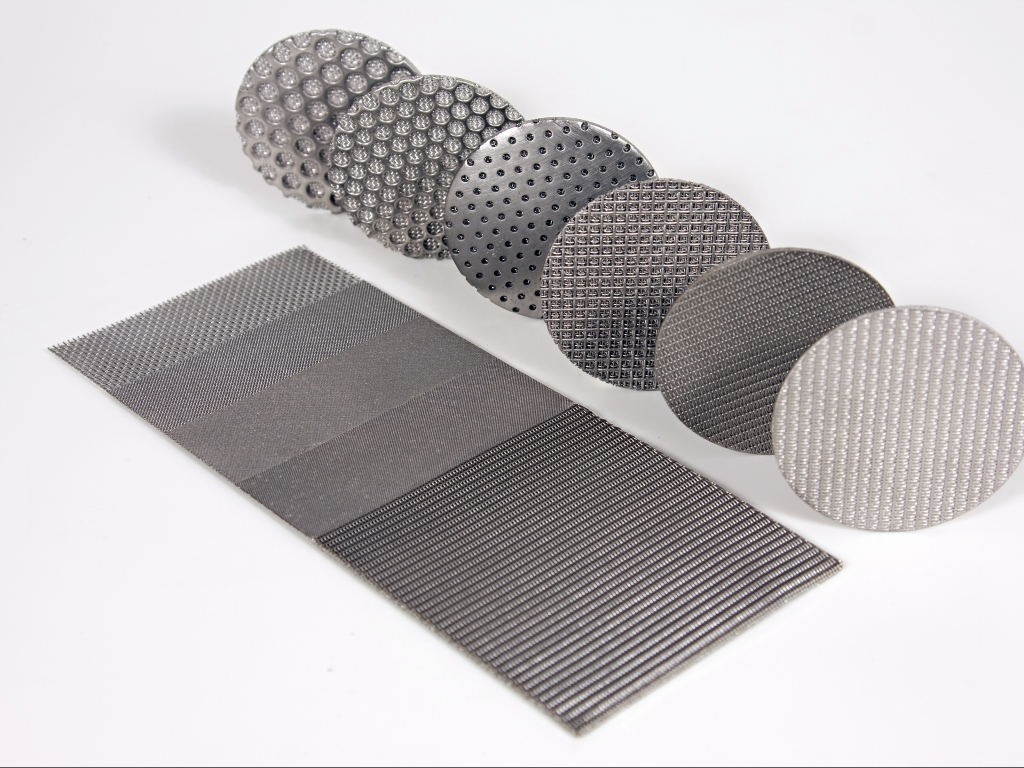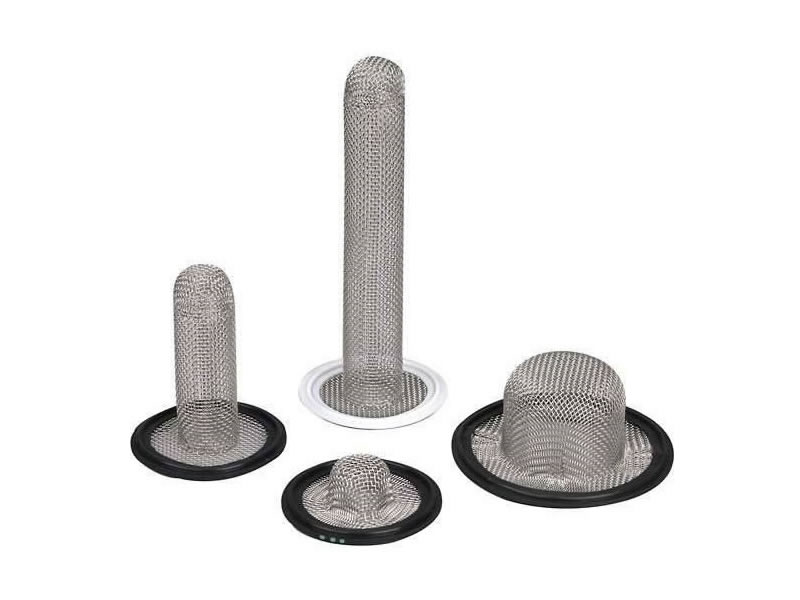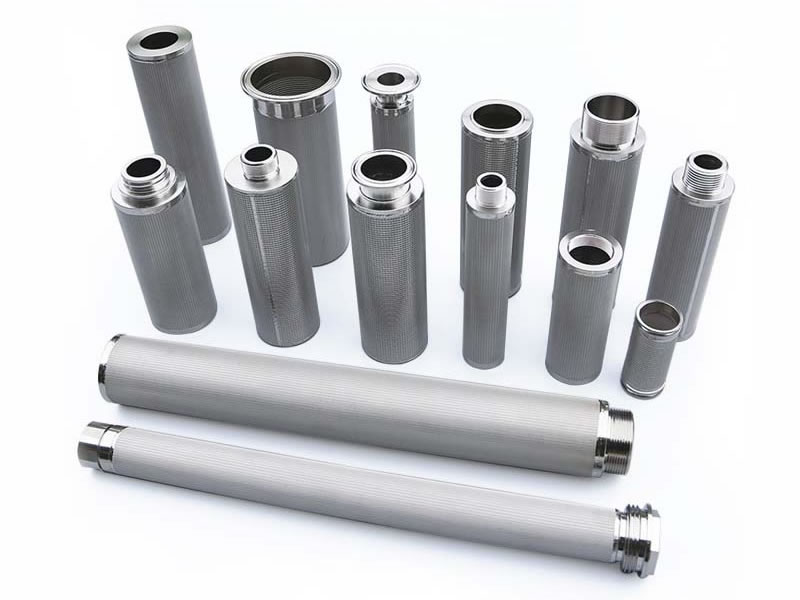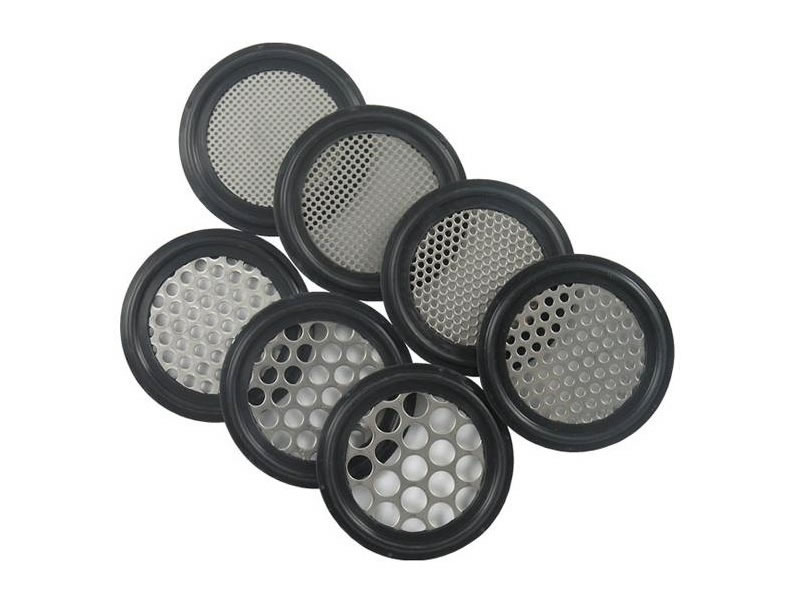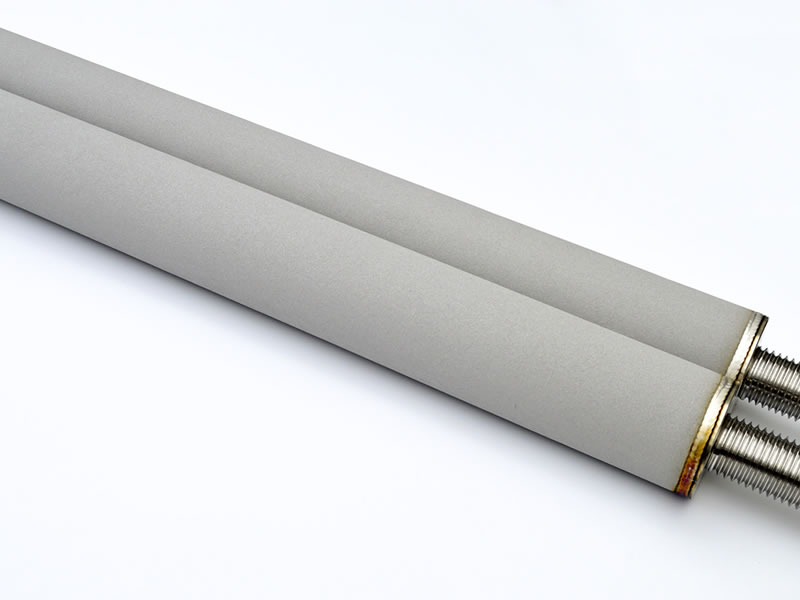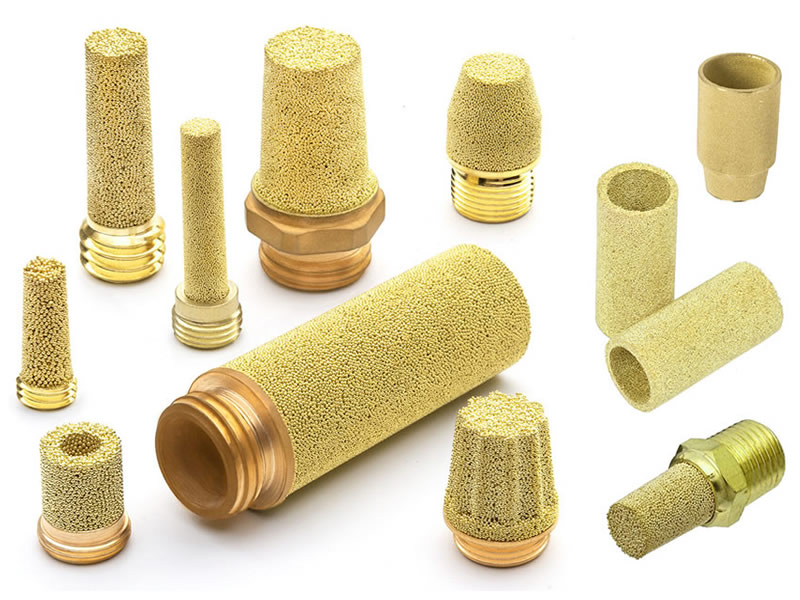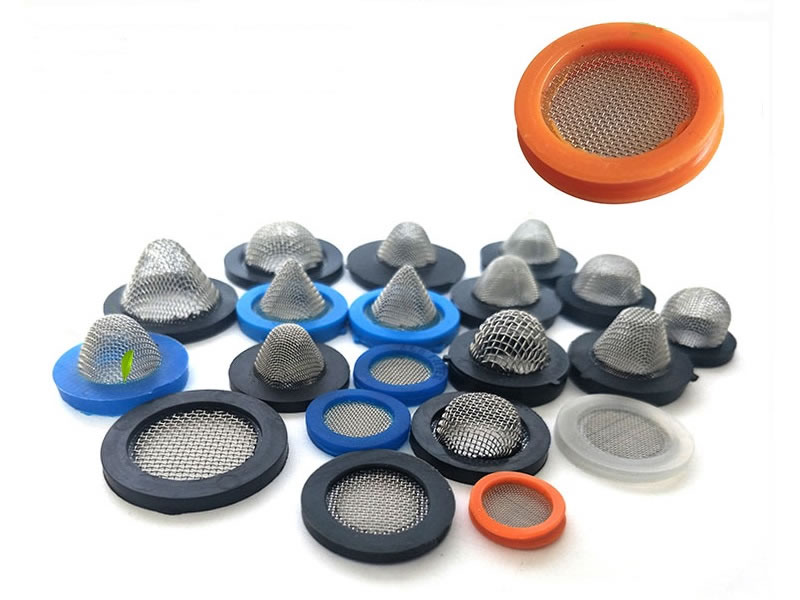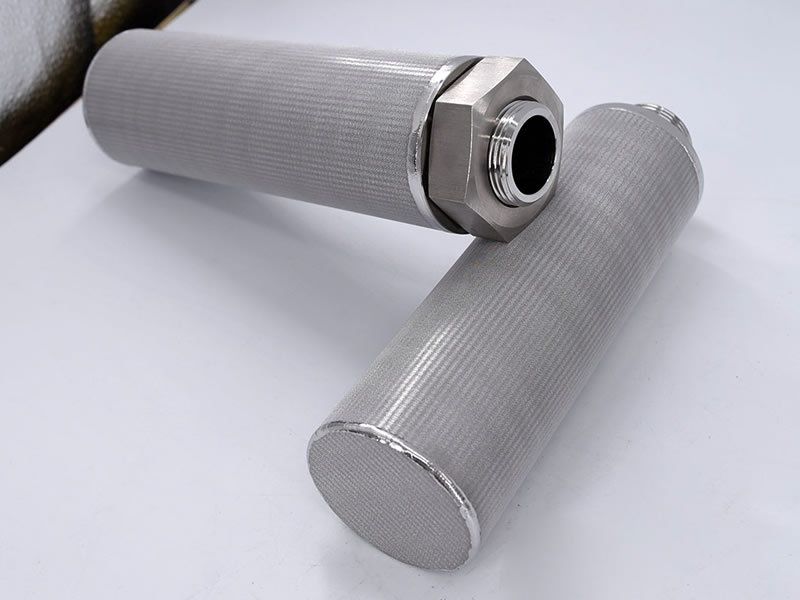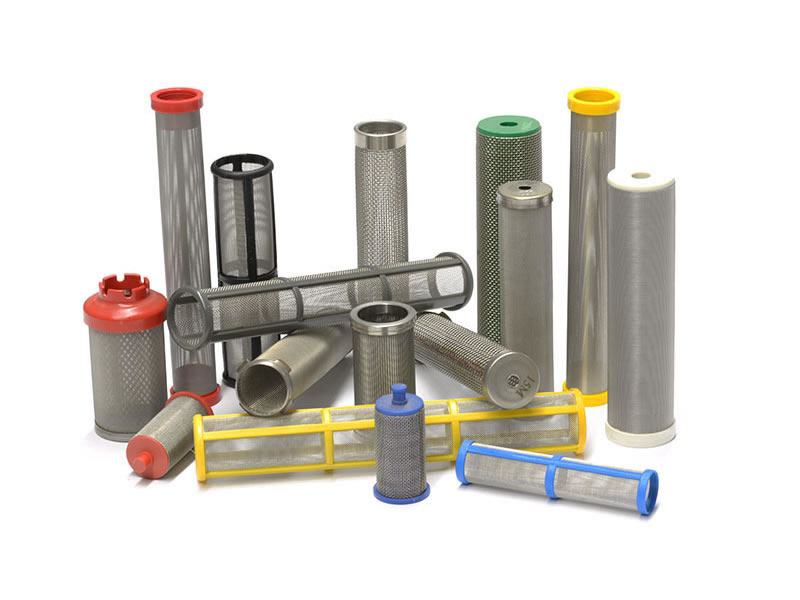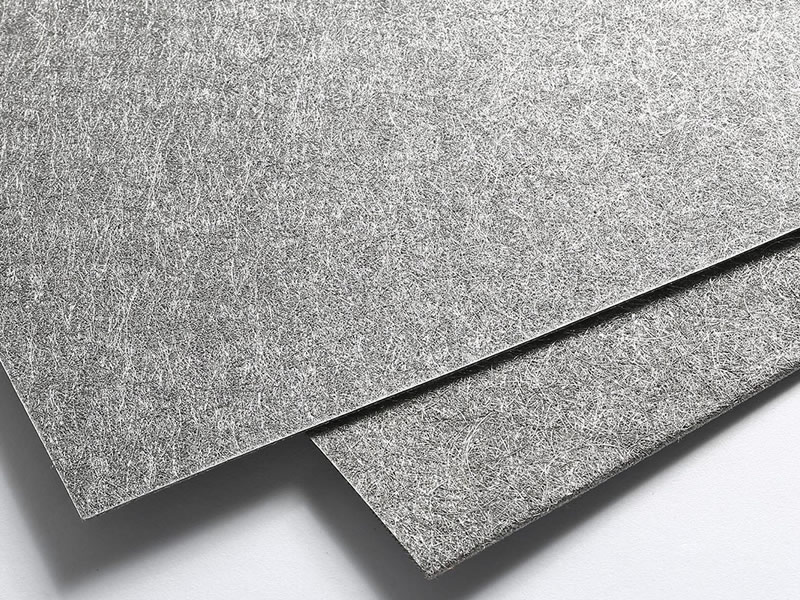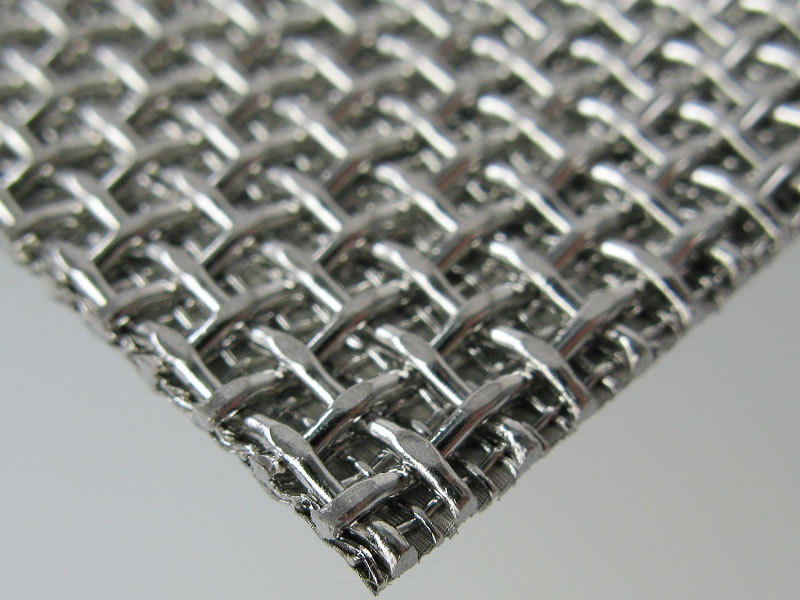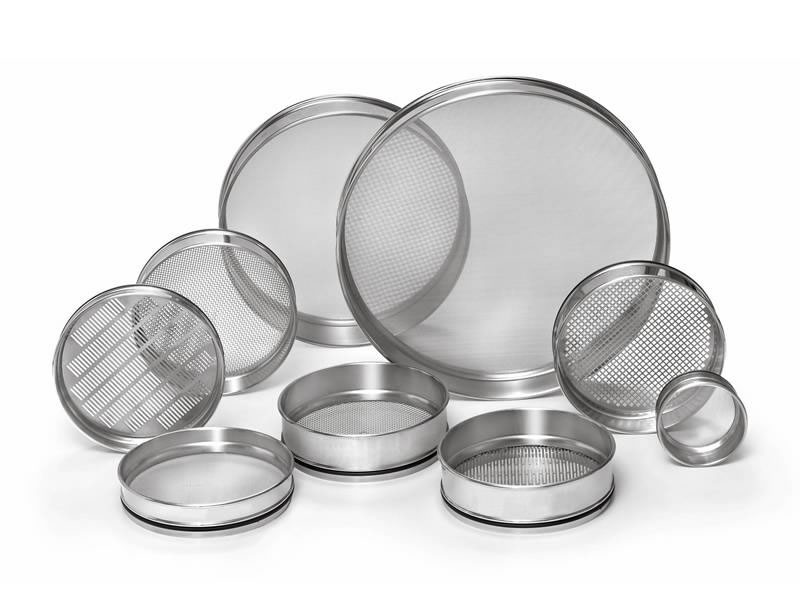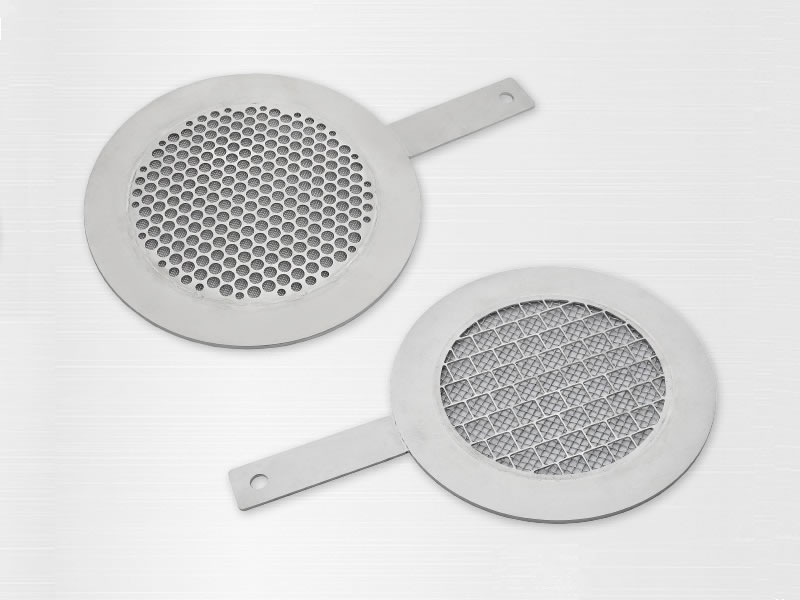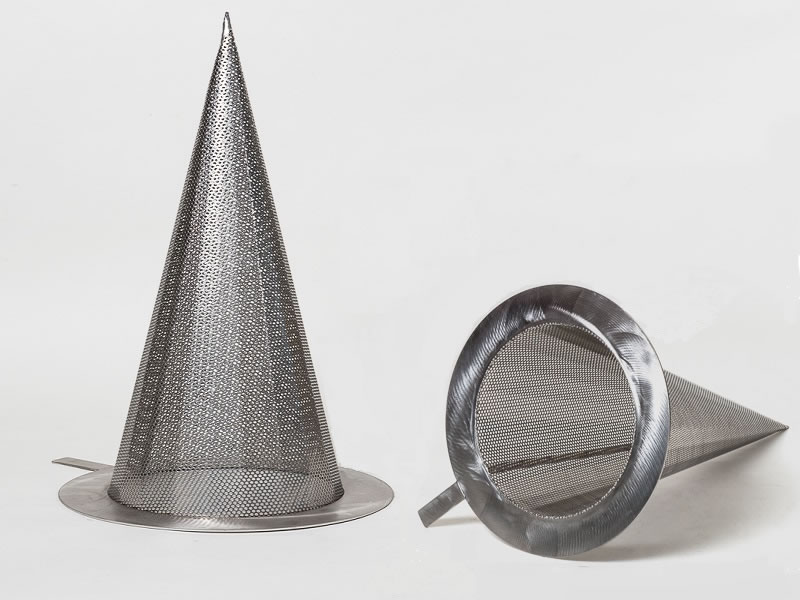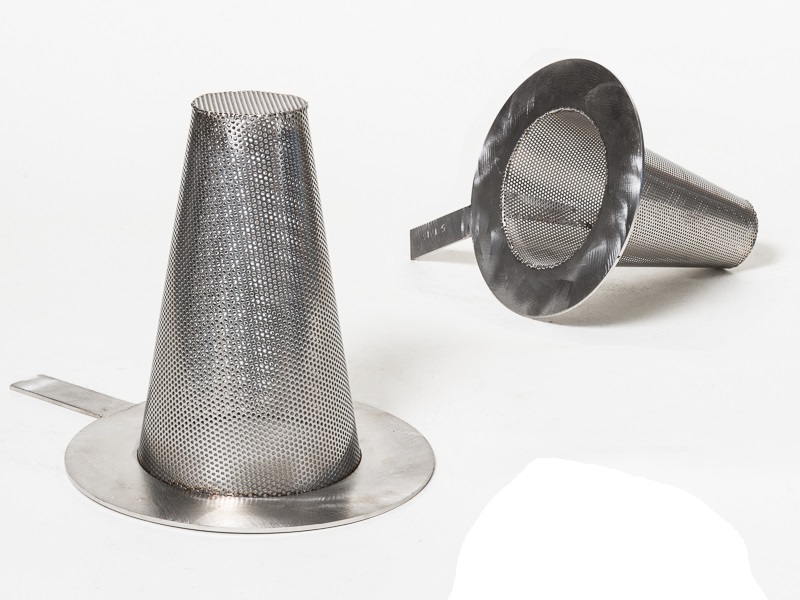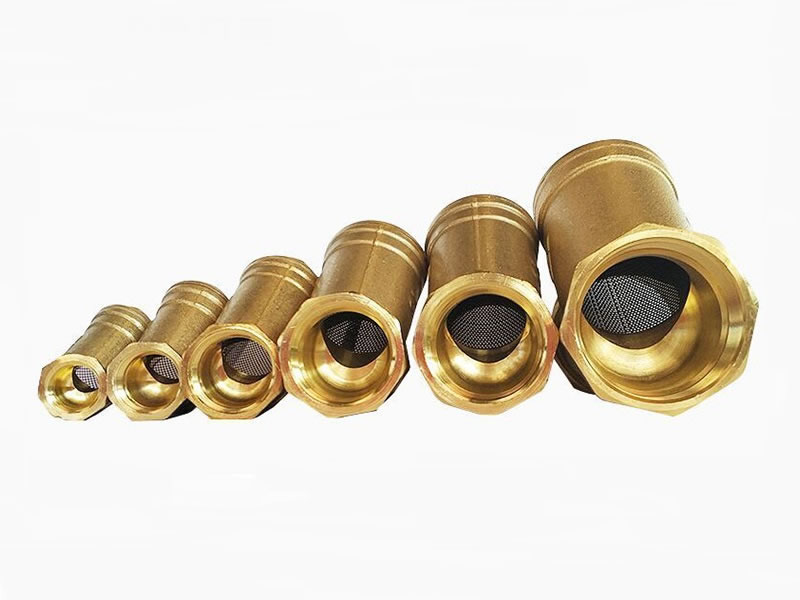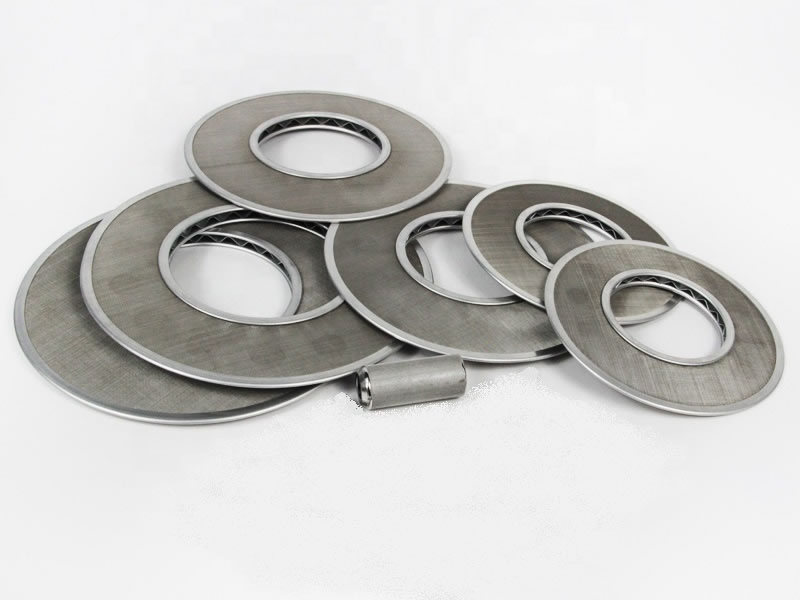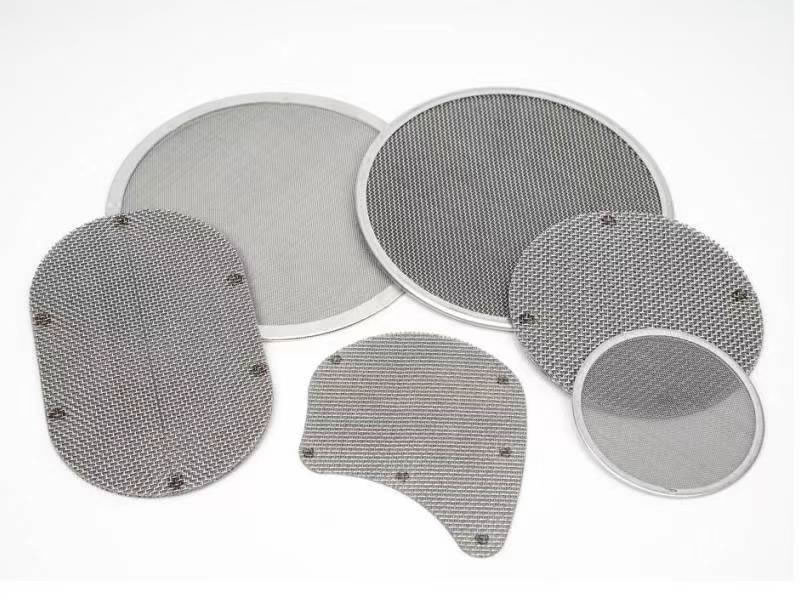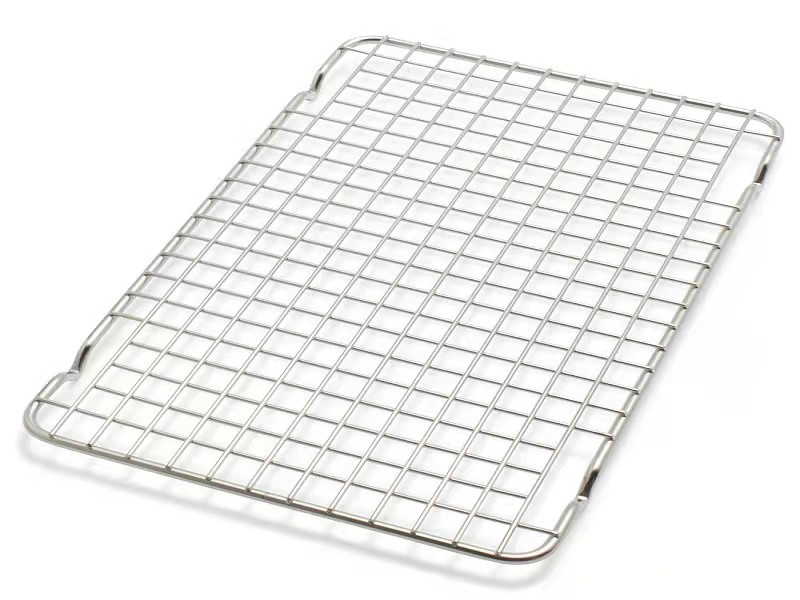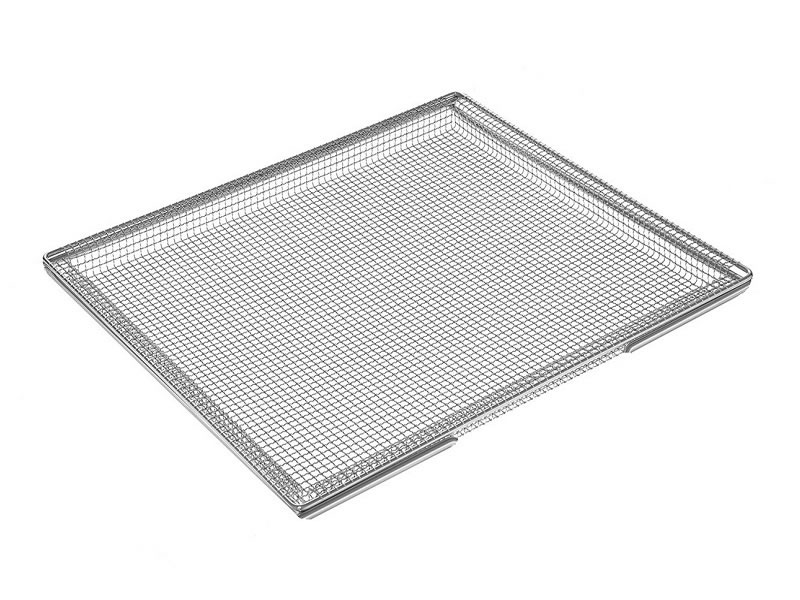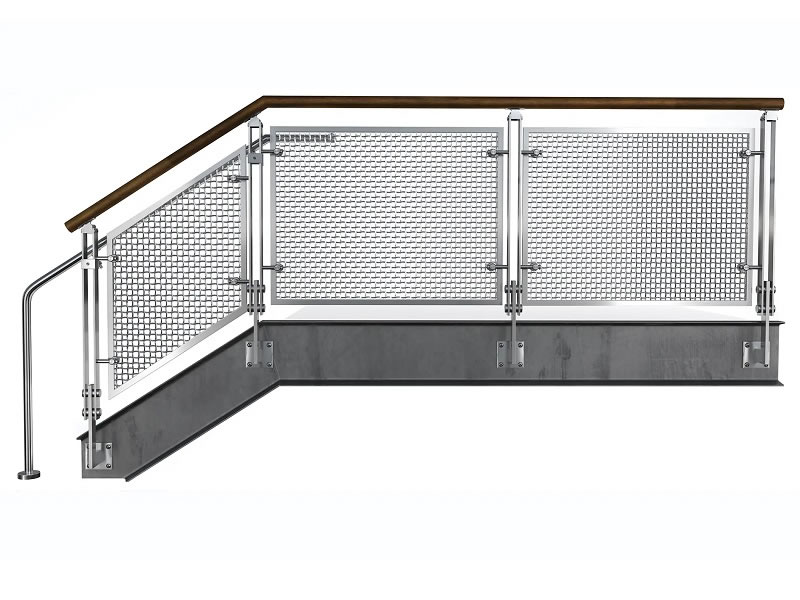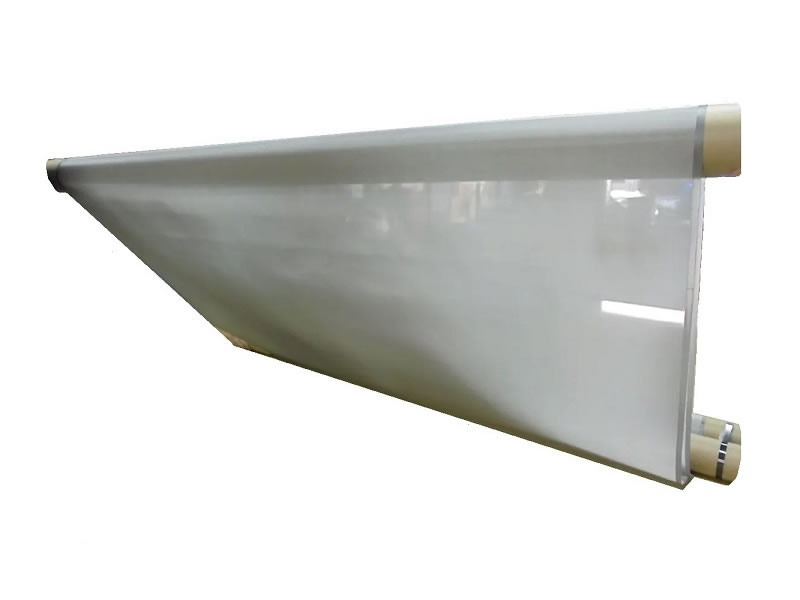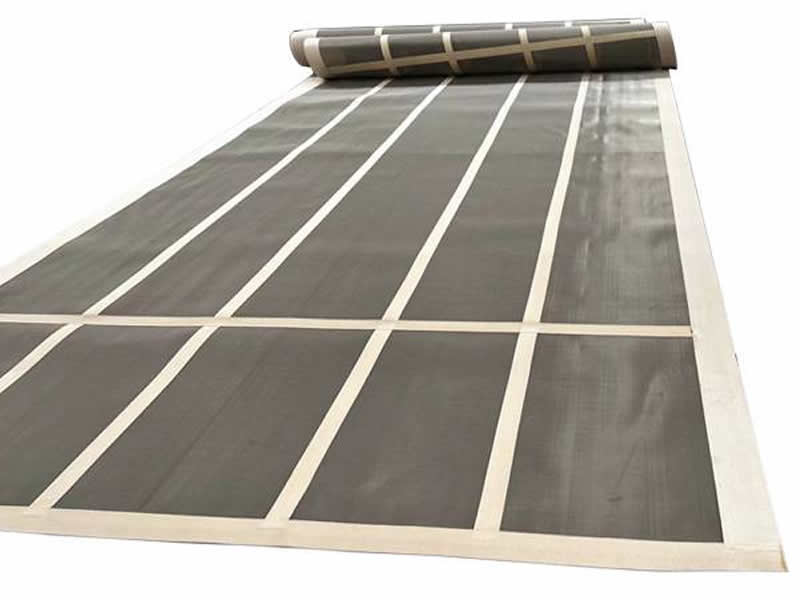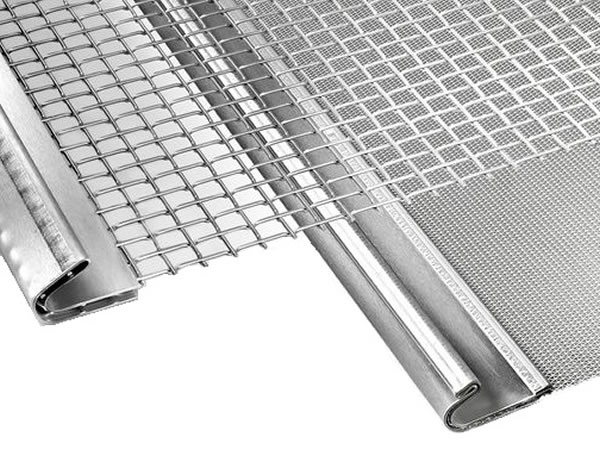JD Hardware Wire Mesh Co., Ltd specializes in exporting and manufacturing 316 Stainless Steel Wire Mesh products. Our 316 SS wire mesh is versatile for fabrication, easily shaped and cut with standard tools. Known for excellent weldability, it’s suitable for diverse applications. A key feature is its superior corrosion resistance, especially against pitting and crevice corrosion in chloride environments, ideal for harsh chemical conditions. In its annealed form, our 316 stainless steel mesh is almost non-magnetic, enhancing its usability where magnetic properties matter. This mesh combines robustness and environmental resilience, serving various industrial requirements effectively.
Material Comparison
While both 304 and 316 stainless steel wire meshes have similarities in heat and oxidation resistance, their key differences lie in corrosion resistance, preferred environments, and cost. 316 SS, with its molybdenum content, offers enhanced corrosion resistance, making it ideal for harsher environments, albeit at a higher cost. 304 SS, being more affordable, is suitable for a wide array of general applications.
- Corrosion Resistance
304 SS: Offers excellent corrosion resistance, suitable for a variety of environments.
316 SS: Superior corrosion resistance due to molybdenum content, particularly in marine environments and where high corrosion resistance is essential. - Preferred Use Cases
304 SS: Widely used in general applications, including industrial, architectural, and automotive sectors.
316 SS: Preferred in marine environments, heavy welding applications, and situations demanding higher corrosion resistance. - Heat Resistance
Both 304 and 316 SS: Both exhibit good heat resistance, withstanding up to approximately 1600°F intermittently and 1700°F continuously. - Cost Implications
304 SS: Generally more cost-effective, making it a popular choice for a wide range of applications.
316 SS: Typically more expensive due to the addition of molybdenum, justifying its use in more specialized, corrosion-sensitive applications. - Oxidation Resistance
304 SS: Good oxidation resistance suitable for various applications.
316 SS: Comparable oxidation resistance, making it reliable in high-temperature environments. - Welding Suitability
304 SS: Can be welded with most techniques; however, care must be taken to avoid corrosion after welding.
316 SS: Better suited for heavy welding, with its composition reducing the risk of corrosion post-welding. - The standard chemical composition of T-316 Stainless Steel
Carbon: Up to 0.08%
Manganese: Up to 2.0%
Phosphorus: Up to 0.045%
Sulfur : Up to 0.03%
Silicon: Up to 1.0%
Chromium: 16.0% – 18.0%
Nickel: 10.0% – 14.0%
Iron: Balance (The remainder of the composition is primarily iron)
Molybdenum: 2.0% – 3.0%
Nitrogen: Up to 0.10%
It’s important to note that these values can slightly vary depending on the specific standards and grades within the T-316 category.
Compare 316 and 316L
While both 316 and 316L stainless steel are highly corrosion-resistant and durable, the choice between them often depends on the specific application, with 316L being a better choice for welding or for environments where maximum corrosion resistance, especially post-welding, is critical.
- Chemical Composition
316 Stainless Steel: Contains a maximum of 0.08% carbon. The higher carbon content in its composition can lead to sensitization, a phenomenon that reduces corrosion resistance.
316L Stainless Steel: The “L” stands for “low carbon,” with a maximum carbon content of 0.03%. This lower carbon level reduces the risk of sensitization and improves corrosion resistance, particularly after welding. - Corrosion Resistance
316 Stainless Steel: Offers excellent corrosion resistance, particularly against chlorides and other industrial solvents.
316L Stainless Steel: Due to its lower carbon content, 316L has slightly better corrosion resistance than 316, especially after welding or stress relieving. - Applications
316 Stainless Steel: Often used in environments with high temperatures and corrosive materials. Common in food preparation equipment, chemical and petrochemical equipment, and in marine environments.
316L Stainless Steel: Preferred where welding is required, or in applications where maximum corrosion resistance is needed. Common in pharmaceuticals, marine applications, and architectural elements. - Cost
316 Stainless Steel: Typically, costs slightly less than 316L due to its higher carbon content.
316L Stainless Steel: May be slightly more expensive due to the additional processing to lower the carbon content. - Suitability for Welding
316 Stainless Steel: Can be prone to carbide precipitation during welding, which can lead to corrosion in certain environments.
316L Stainless Steel: Its low carbon content makes it a better choice for welding, reducing the risk of carbide precipitation and ensuring better corrosion resistance in the weld area.
Aplications
- Marine Environments: Due to its excellent resistance to saltwater and marine atmospheres, 316 stainless steel wire mesh is often used in boat fittings, marine hardware, and coastal architectural projects.
- Chemical Processing: Its superior corrosion resistance to chemicals, acids, and chlorides makes it ideal for use in chemical plants, pharmaceuticals, and petrochemical industries.
- Food Processing: The non-reactive qualities of 316 stainless steel make it suitable for food processing and handling equipment, especially where cleanliness and hygiene are crucial.
- Medical Applications: Used in medical devices and implants, as it can withstand repeated sterilization without degradation.
- Water Treatment and Filtration: Its resistance to corrosion and pollutants makes it suitable for water filtration systems, including sewage treatment and desalination plants.
- Architectural and Construction Uses: Widely used in architectural applications for both functional and decorative purposes, such as in facades, grilles, and balustrades, especially in high-corrosion environments.
- Pharmaceutical Manufacturing: Ideal for facilities where cleanliness and resistance to bacterial growth are essential.
- Automotive and Aerospace Industries: Used in manufacturing components that require high strength and resistance to heat and corrosion.
- Refinery and Oil Field: Suitable for use in harsh environments encountered in the oil and gas industry.
- Laboratory and Scientific Research: Employed in laboratory equipment and in research settings due to its durability and resistance to a variety of chemical compounds.
Product Photo Showcase and Alias
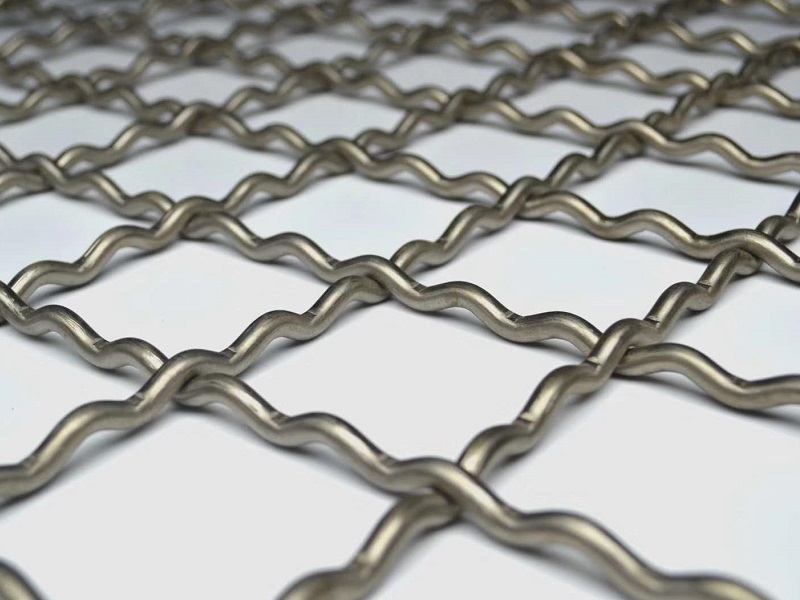
4″ x 4″ Opening to ¾” x ¾” Mesh
This range features larger mesh openings, making it ideal for applications where larger material passage is essential, like in certain industrial separations or architectural designs. Its robust structure lends strength (precrimp or welded), suitable for protective barriers or heavy-duty filtering.
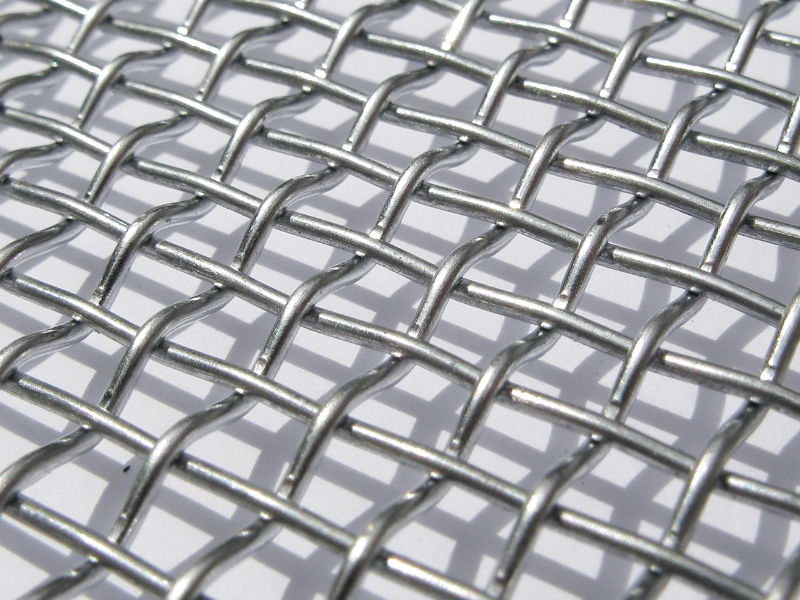
2 x 2 Mesh to 4 x 4 Mesh
Offering a balance between openness and material support, this mesh range is versatile for medium-scale filtration and security applications. It’s commonly used in fencing, machine guards, and moderate industrial filtering, where both airflow and particle retention are important.
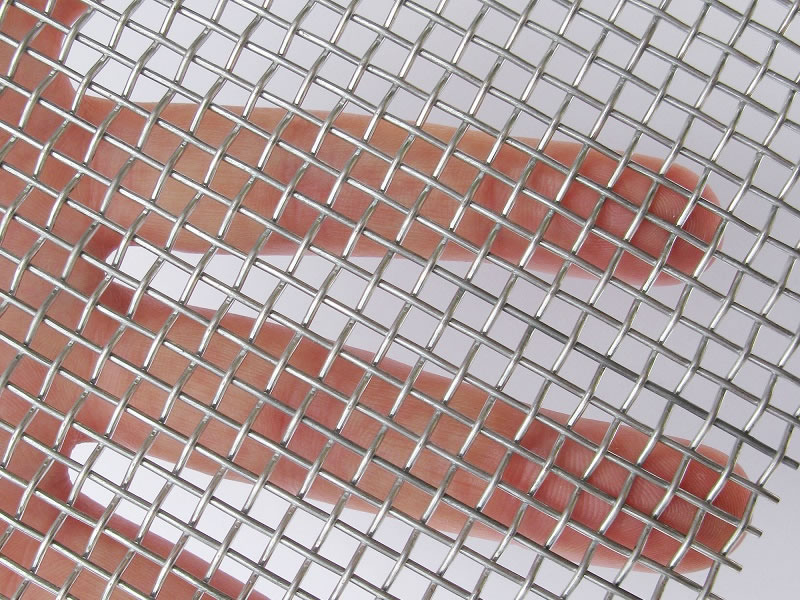
5 x 5 Mesh to 18 x 18 Mesh
This range provides a finer mesh, suitable for more detailed filtration needs. It’s ideal for applications in the food and beverage industry, pharmaceuticals, and certain chemical processes where moderate to fine separation is necessary, ensuring both efficiency and reliability.
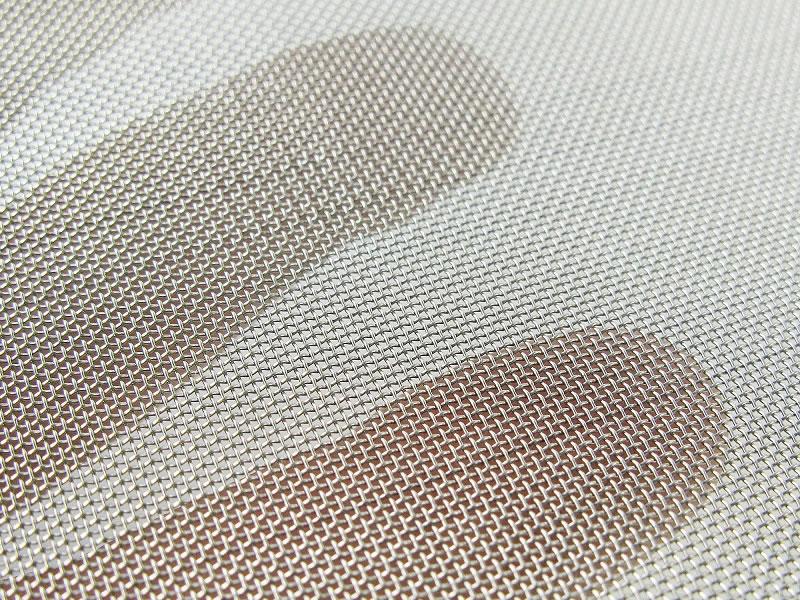
20 x 20 Mesh to 50 x 50 Mesh
This range features larger mesh openings, making it ideal for applications where larger material passage is essential, like in certain industrial separations or architectural designs. Its robust structure lends strength, suitable for protective barriers or heavy-duty filtering.
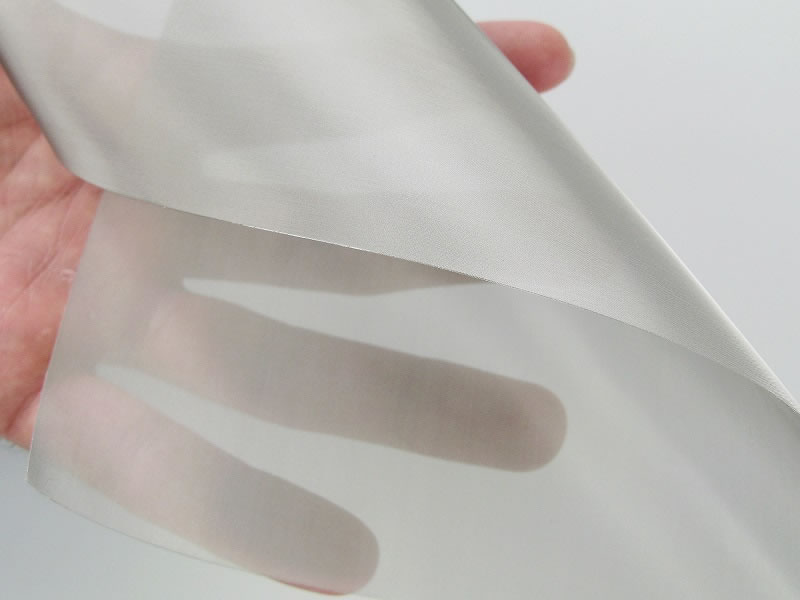
60 x 60 Mesh to 635 x 635 Mesh
Representing the finest mesh range, it is essential for ultra-fine filtration and separation. This specification is crucial in sophisticated applications like laboratory testing, fine chemical filtration, and in the aerospace industry, where exact particulate control is a necessity.
316 Stainless Steel Wire Mesh Type
Plain Weave 316 Stainless Steel Wire Mesh: This type features a simple, over and under weave pattern, making it versatile and strong for general use. Its balanced structure is ideal for filtration and screening in chemical processing, marine environments, and food processing, where consistent mesh openings and corrosion resistance are key.
Plain Crimp 316 Stainless Steel Wire Mesh: Characterized by pre-crimped wires that form a rigid structure, this type is suited for more heavy-duty applications. It’s often used in architectural designs, protective screens, and industrial sieving, where structural integrity and resistance to harsh environments are required.
Inter Crimp 316 Stainless Steel Wire Mesh: With extra crimps in the wires between intersections, this mesh offers enhanced stability and strength. Ideal for large-scale industrial filtering, architectural facades, and in areas where robust mesh integrity is essential, particularly in harsh chemical or marine conditions.
Lock Crimp 316 Stainless Steel Wire Mesh: Distinguished by its lock crimp at intersections, it provides a firm and stable structure. This mesh is suitable for high-load applications like machine guards, structural fill panels, and in architectural applications where durability and resistance to corrosive elements are crucial.
Welded 316 Stainless Steel Wire Mesh: This type involves welding at each wire intersection, offering superior strength and rigidity. It’s widely used in industrial fencing, concrete reinforcement, and heavy-duty filtering, especially in environments where extreme strength and corrosion resistance are paramount.



